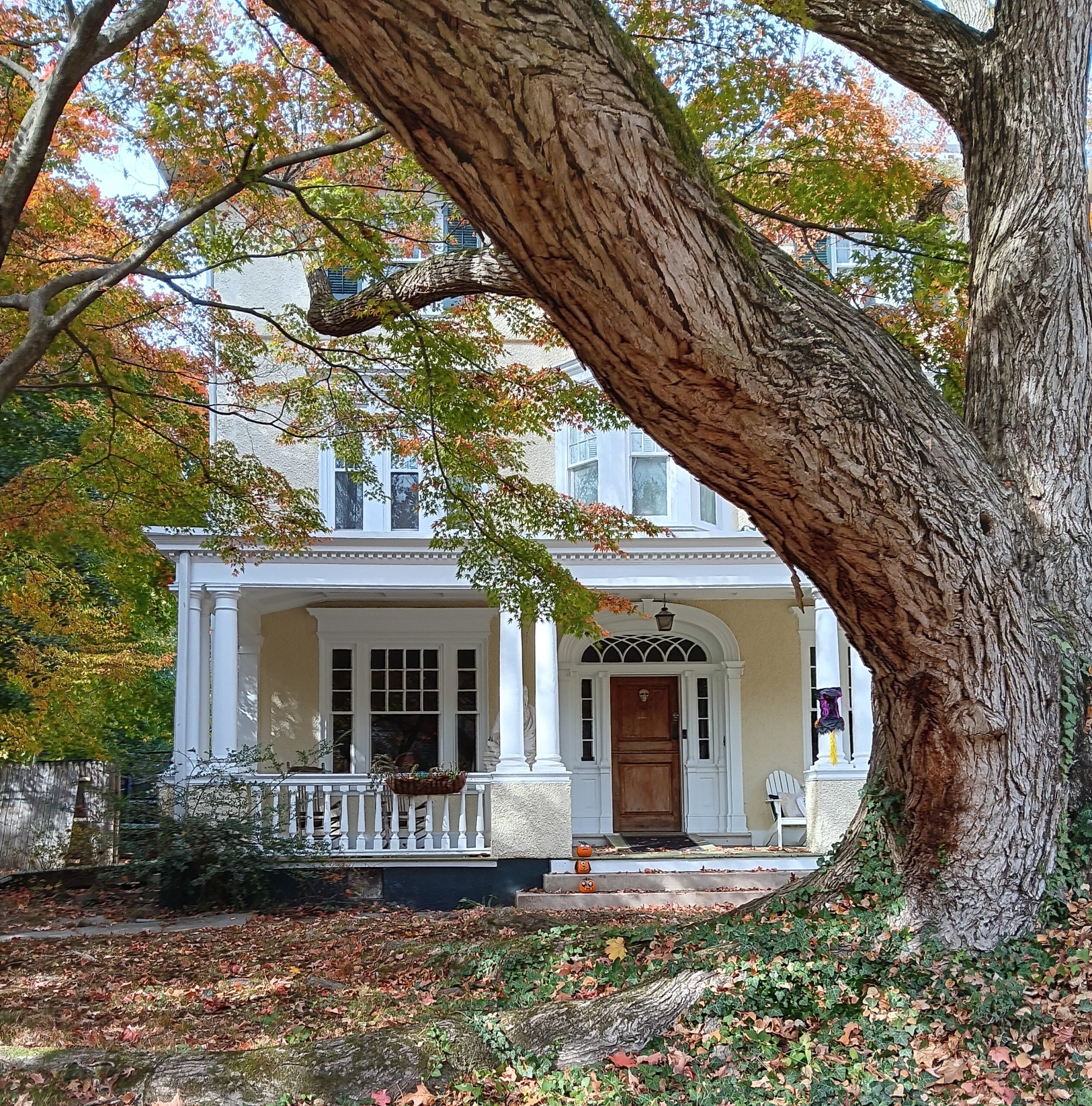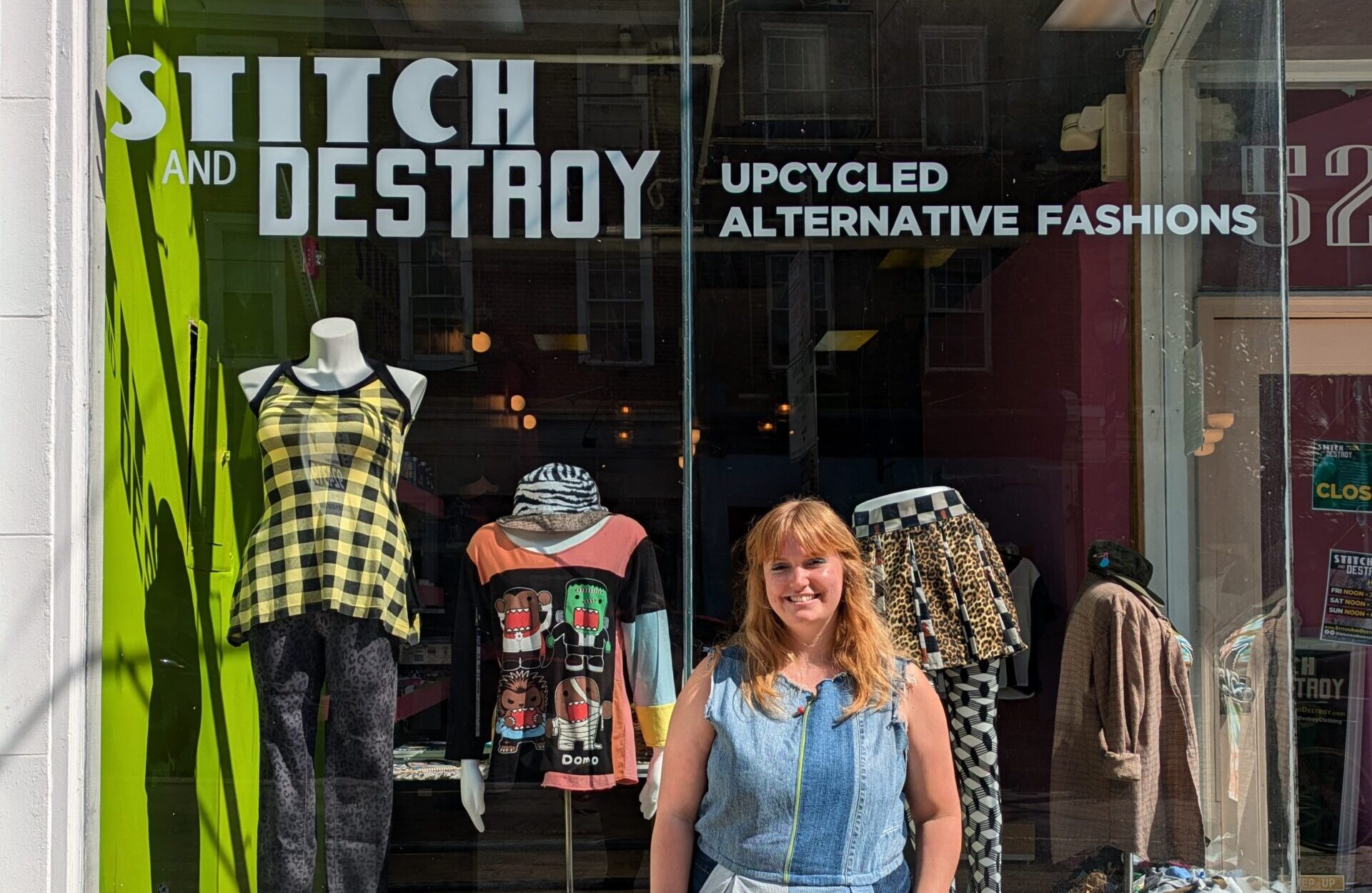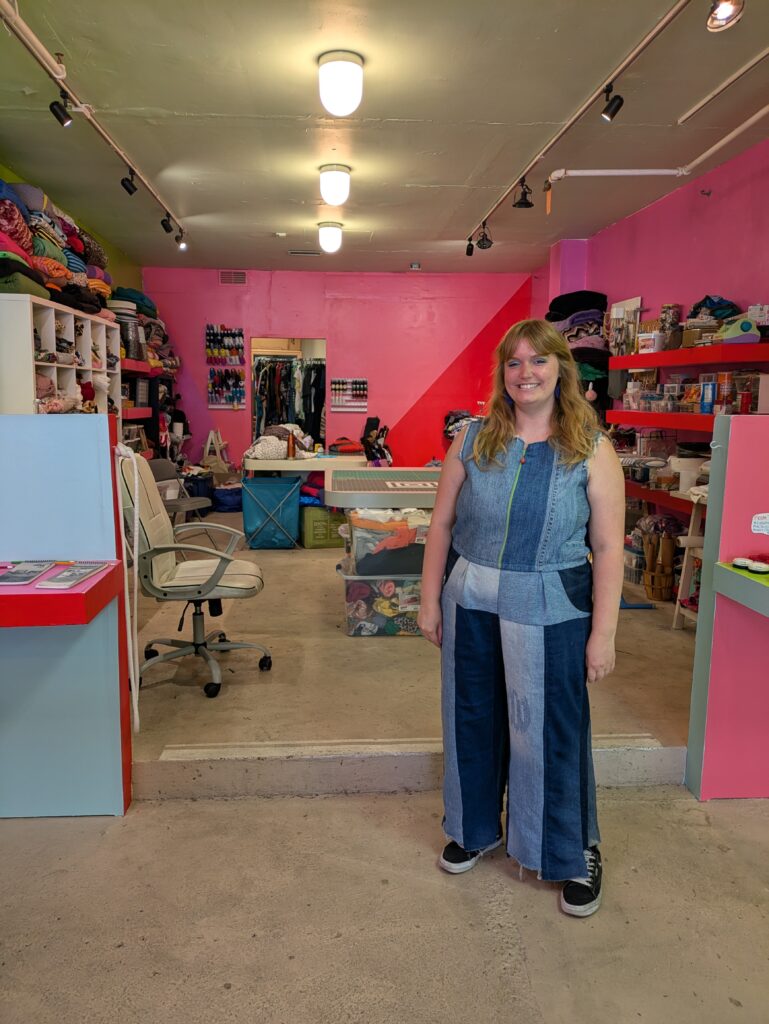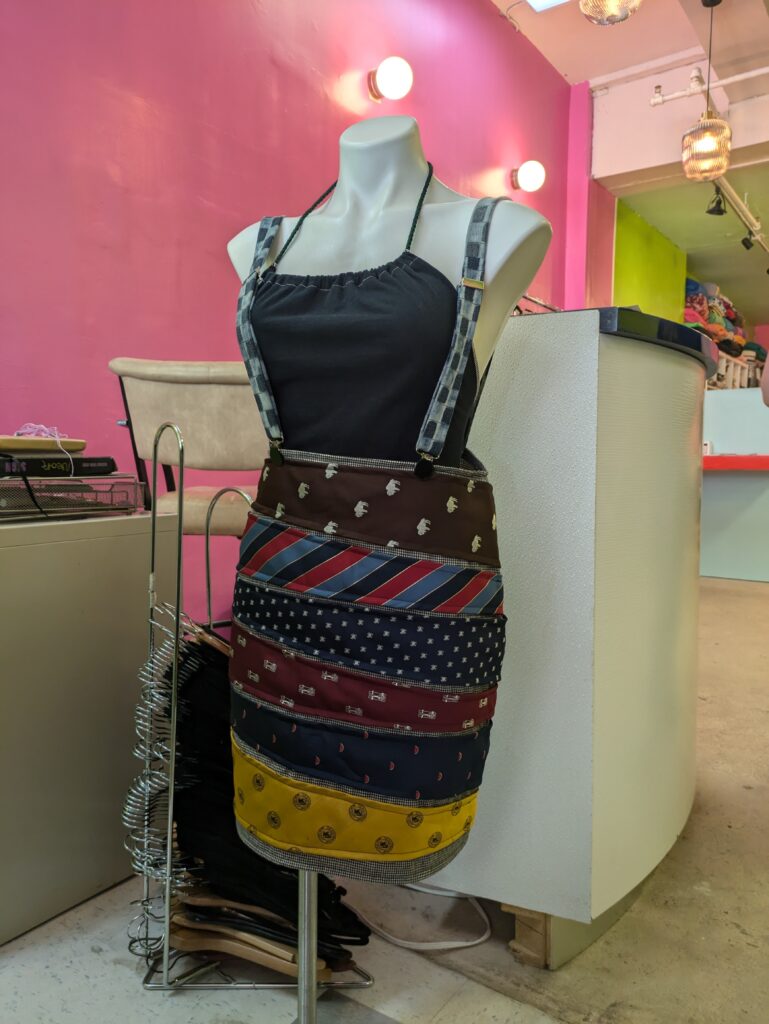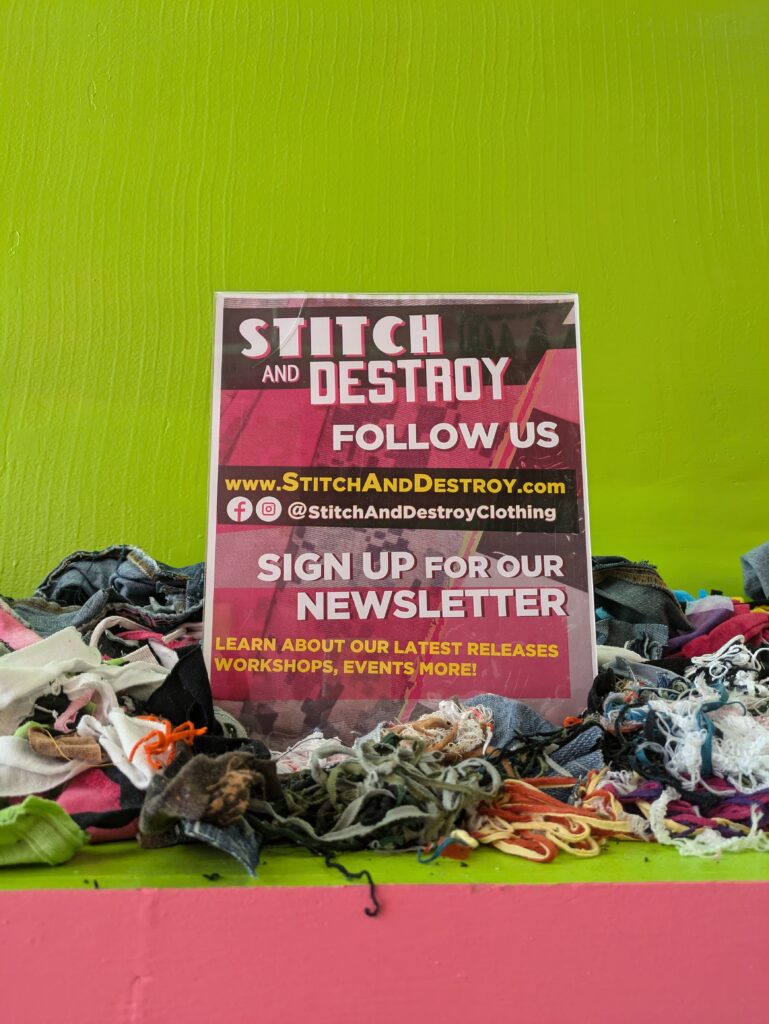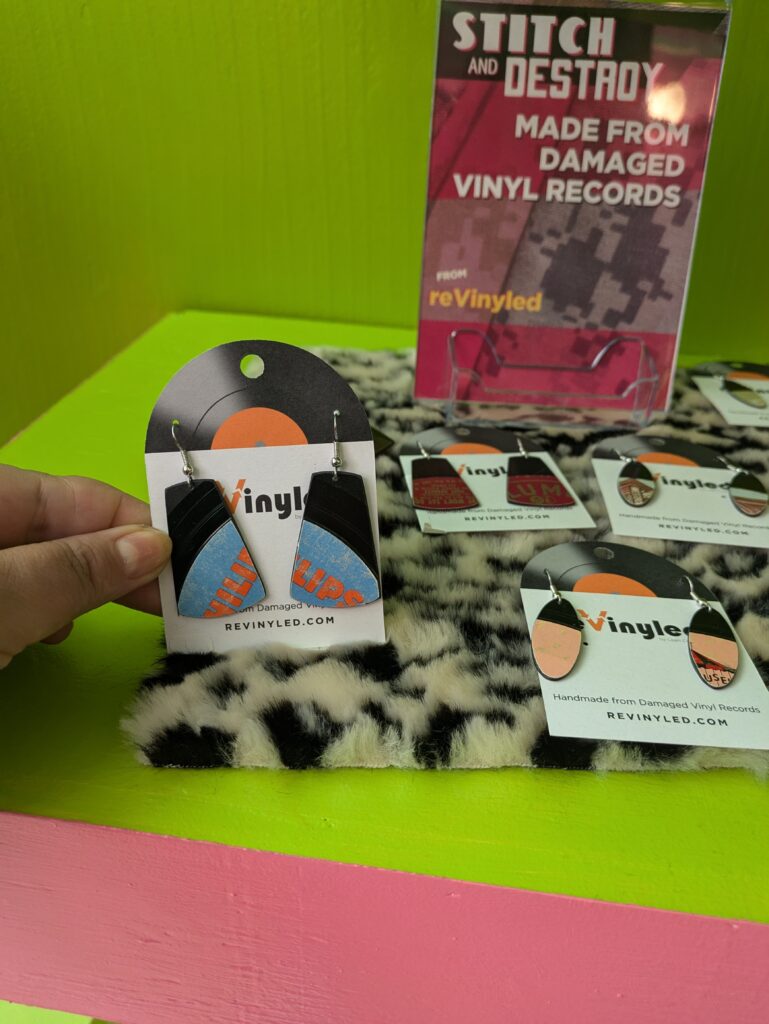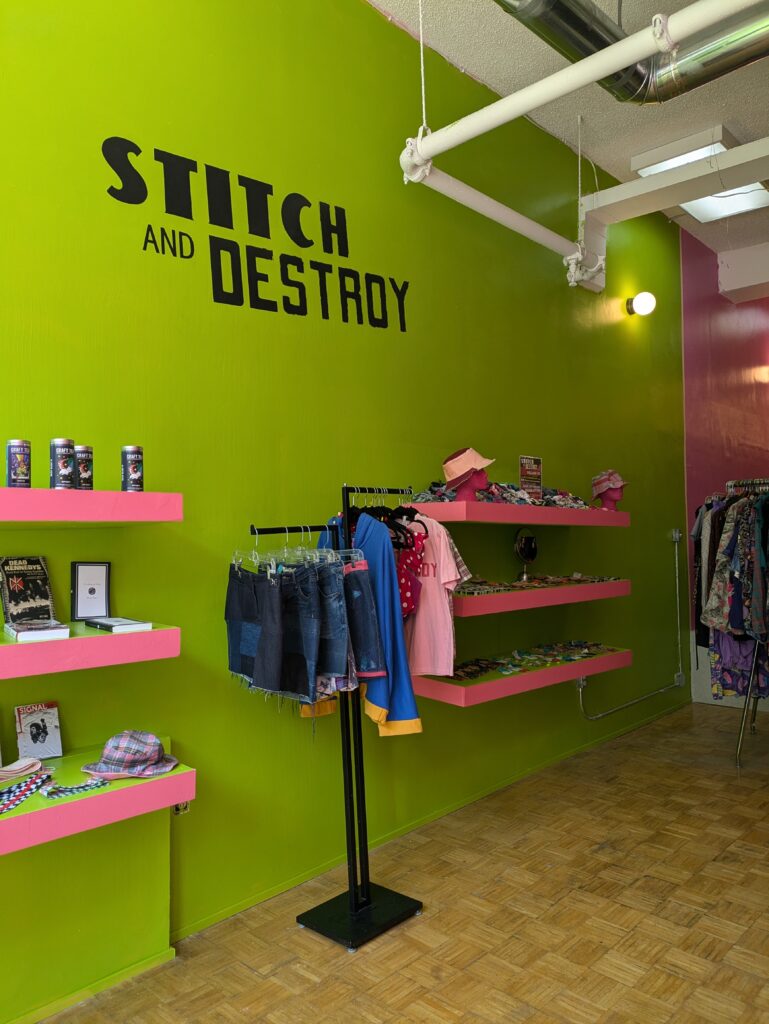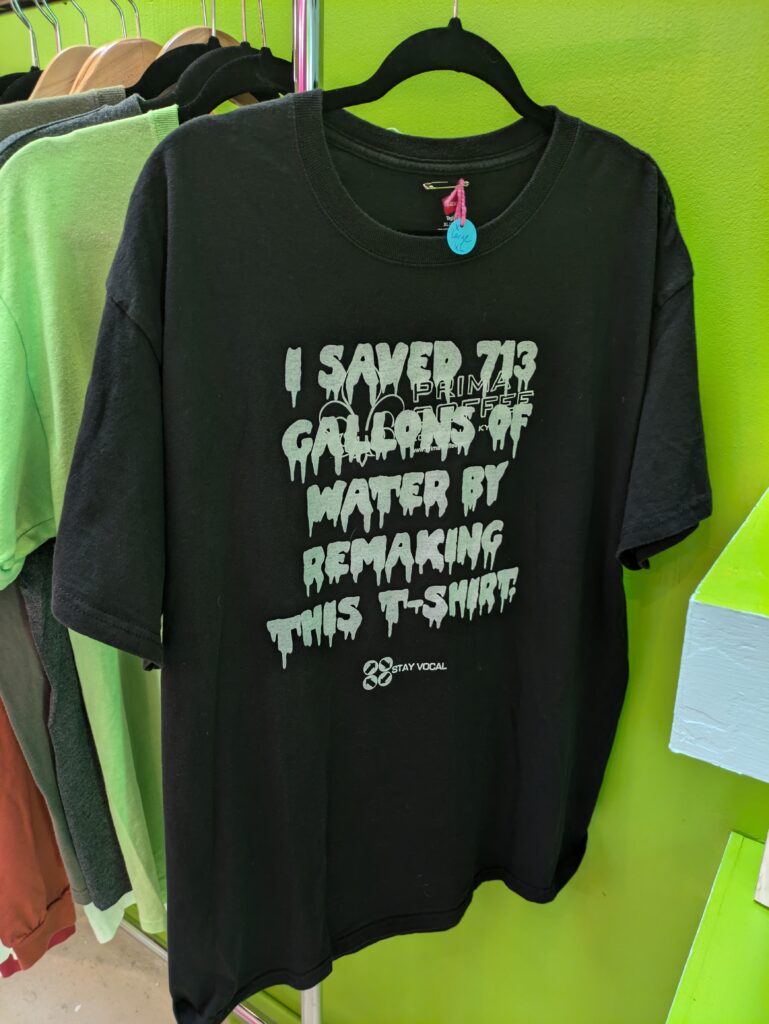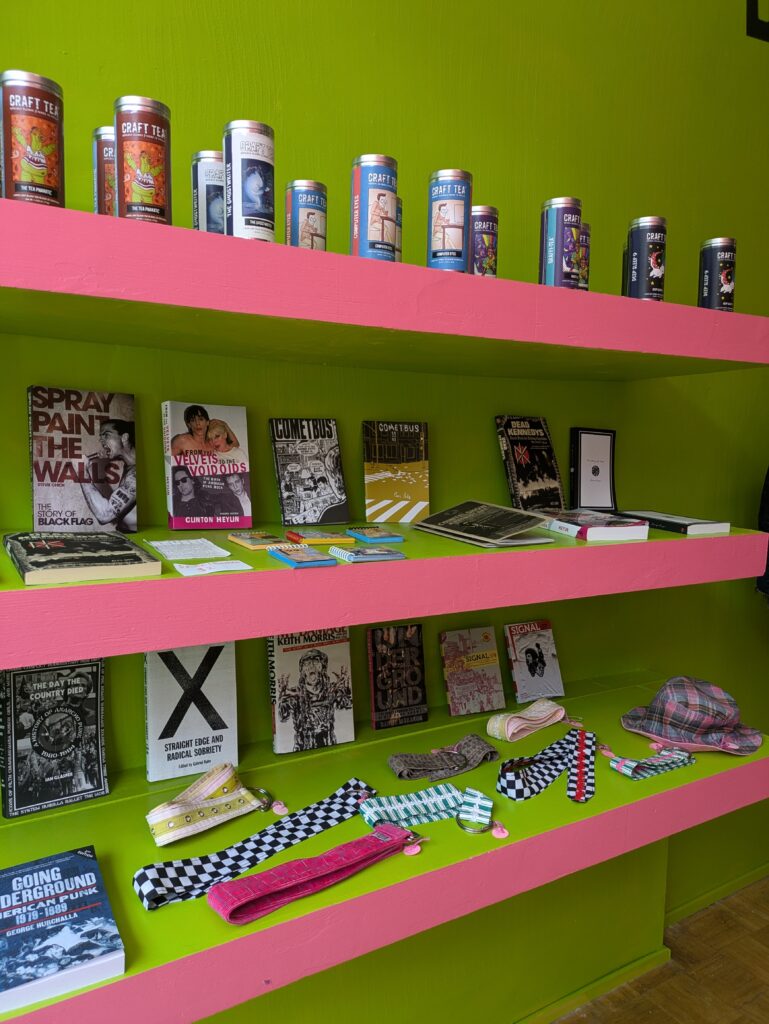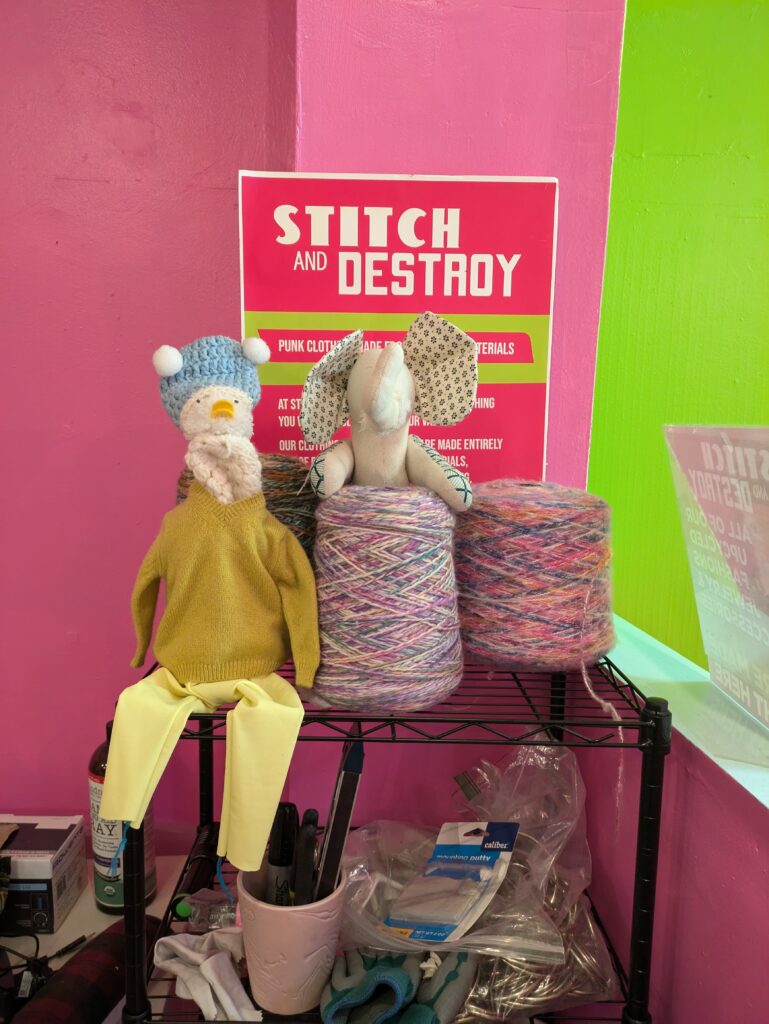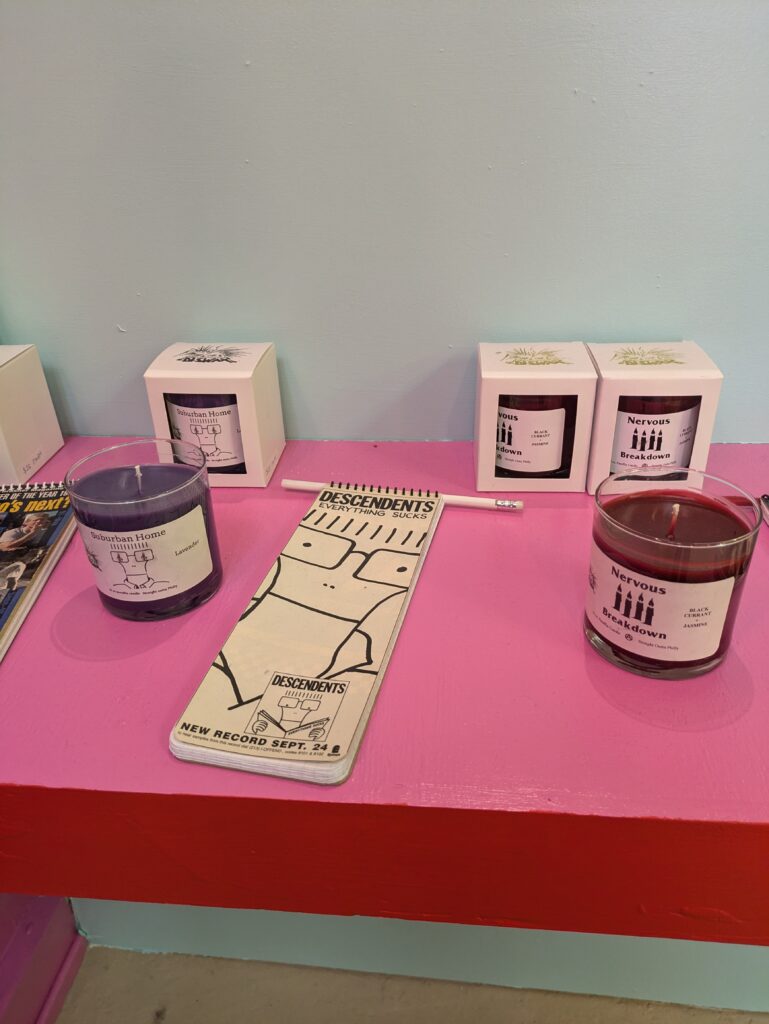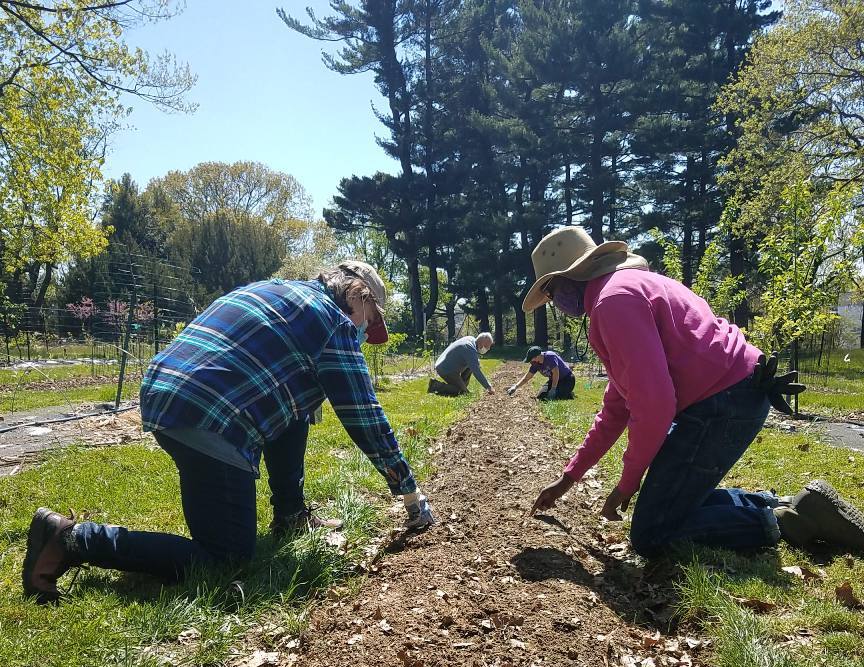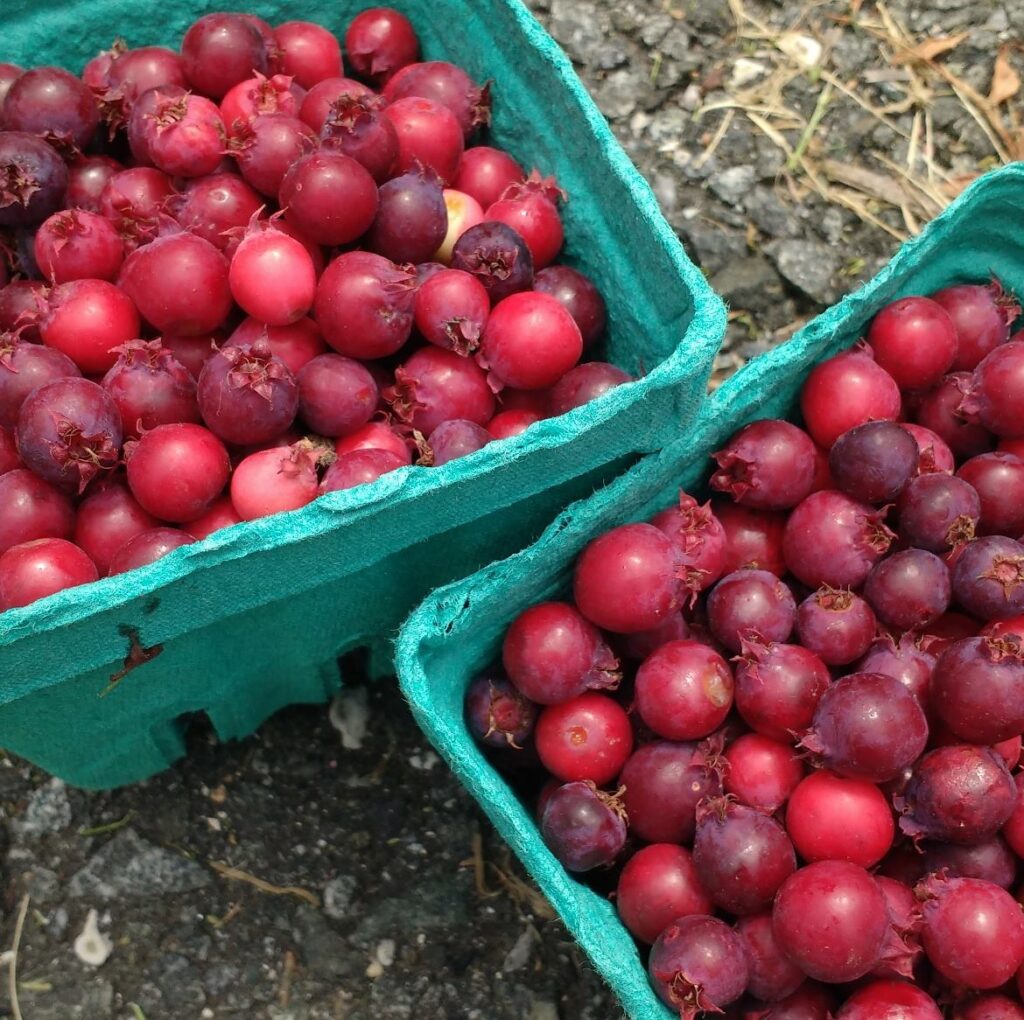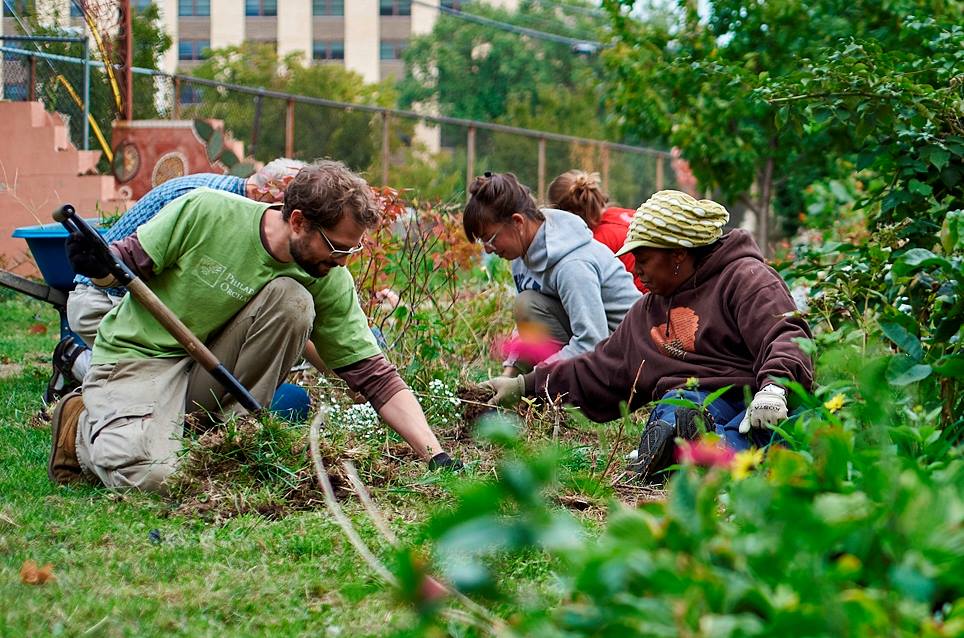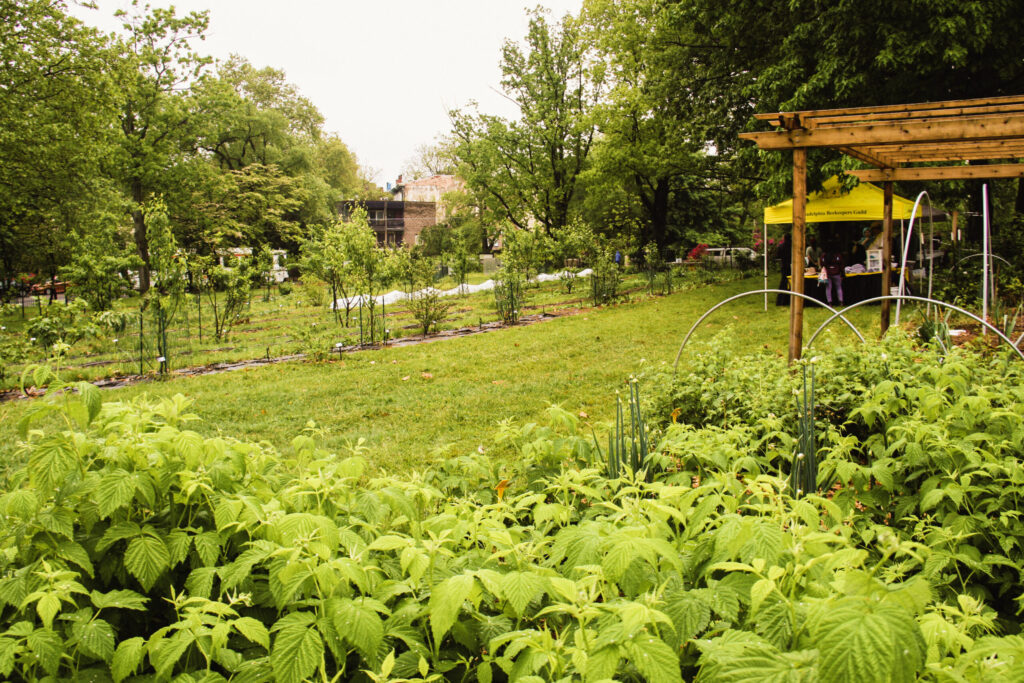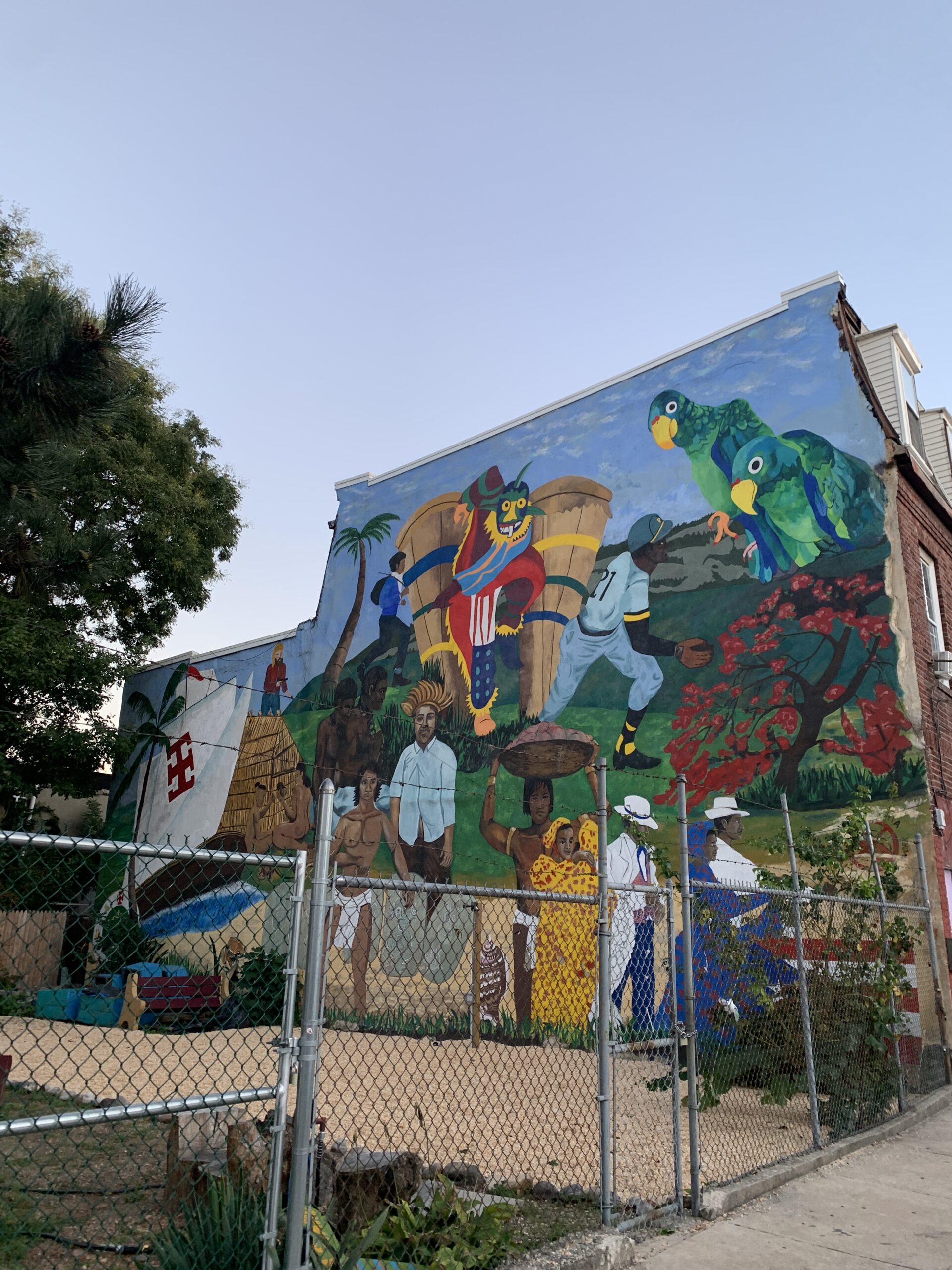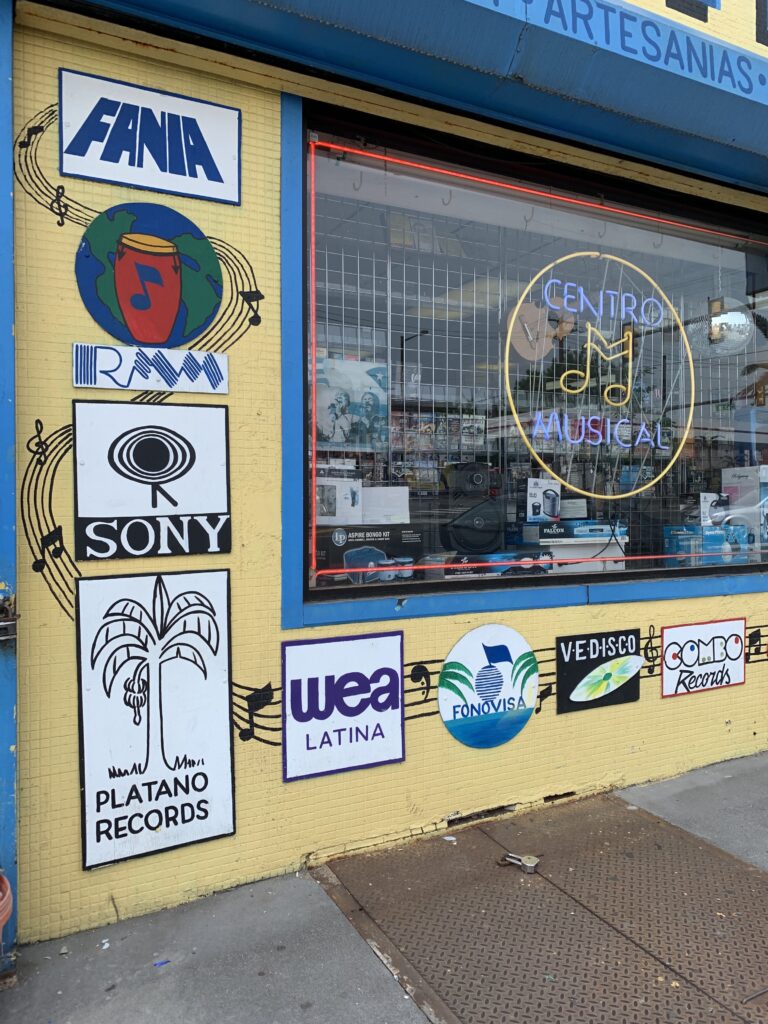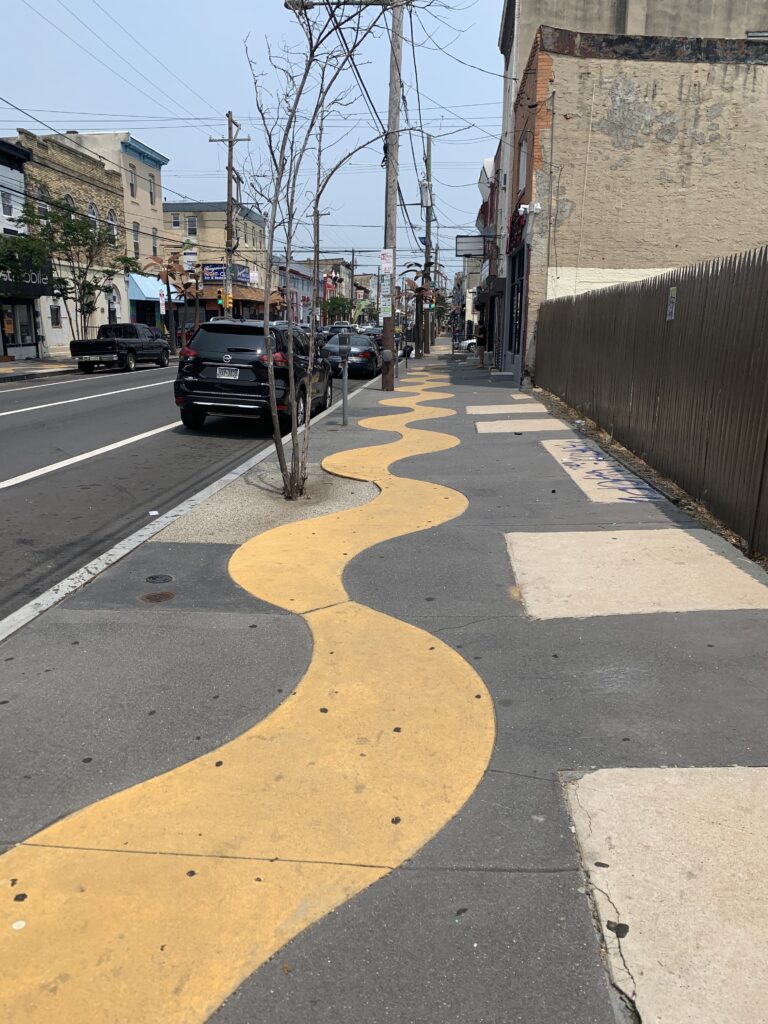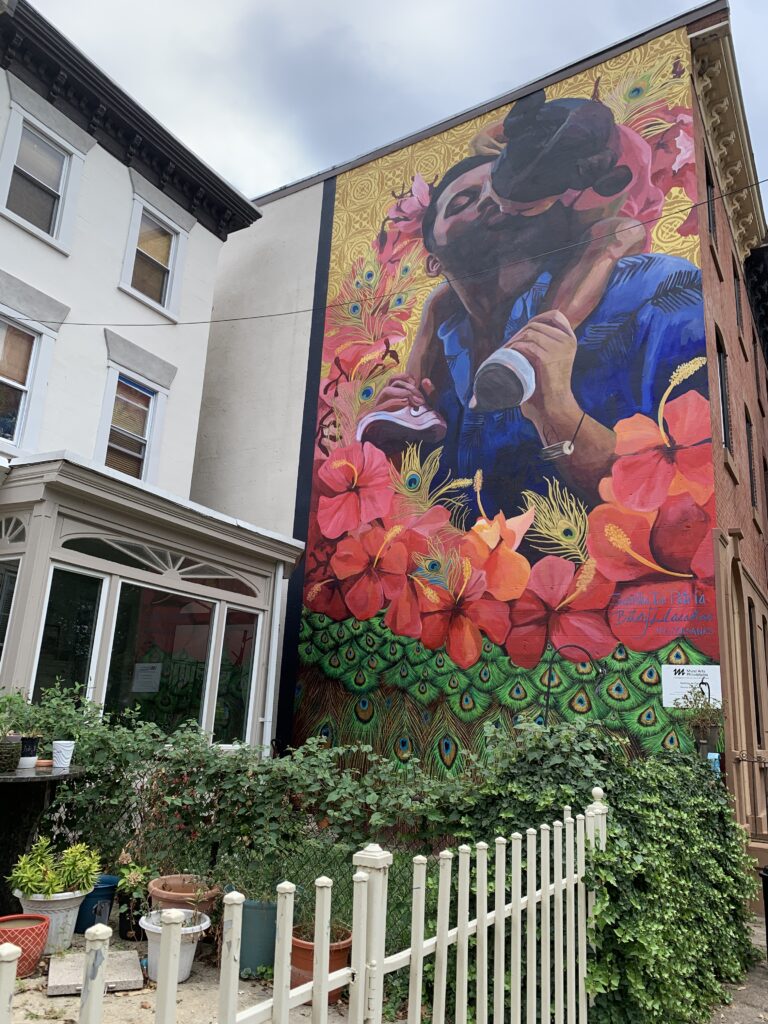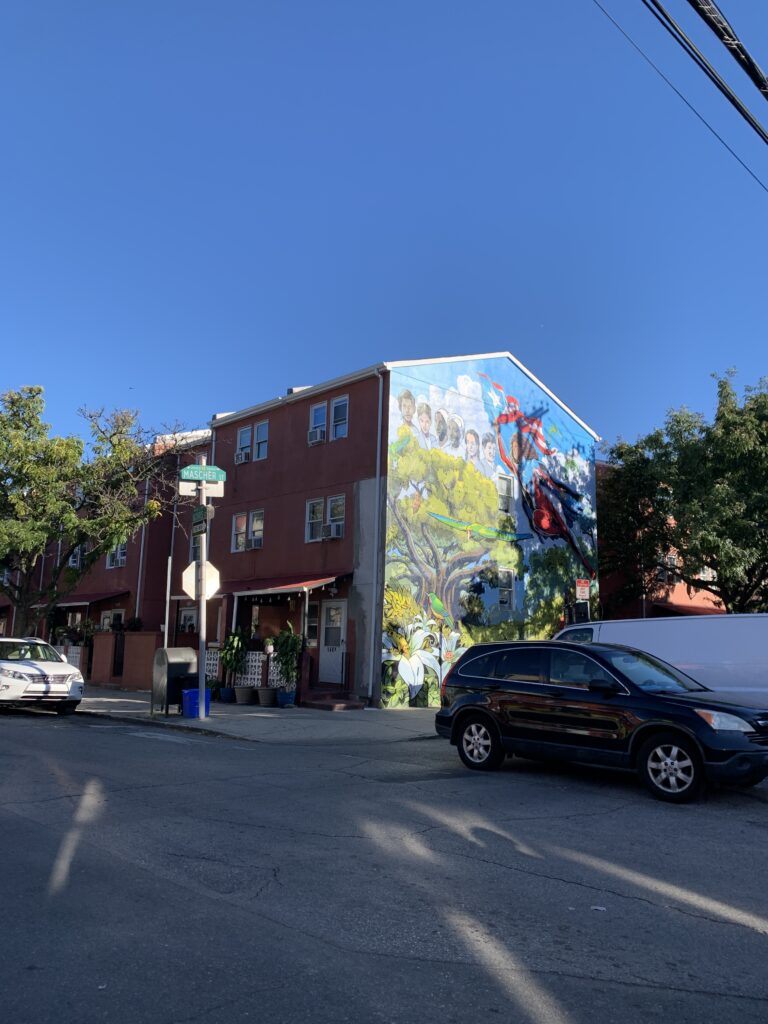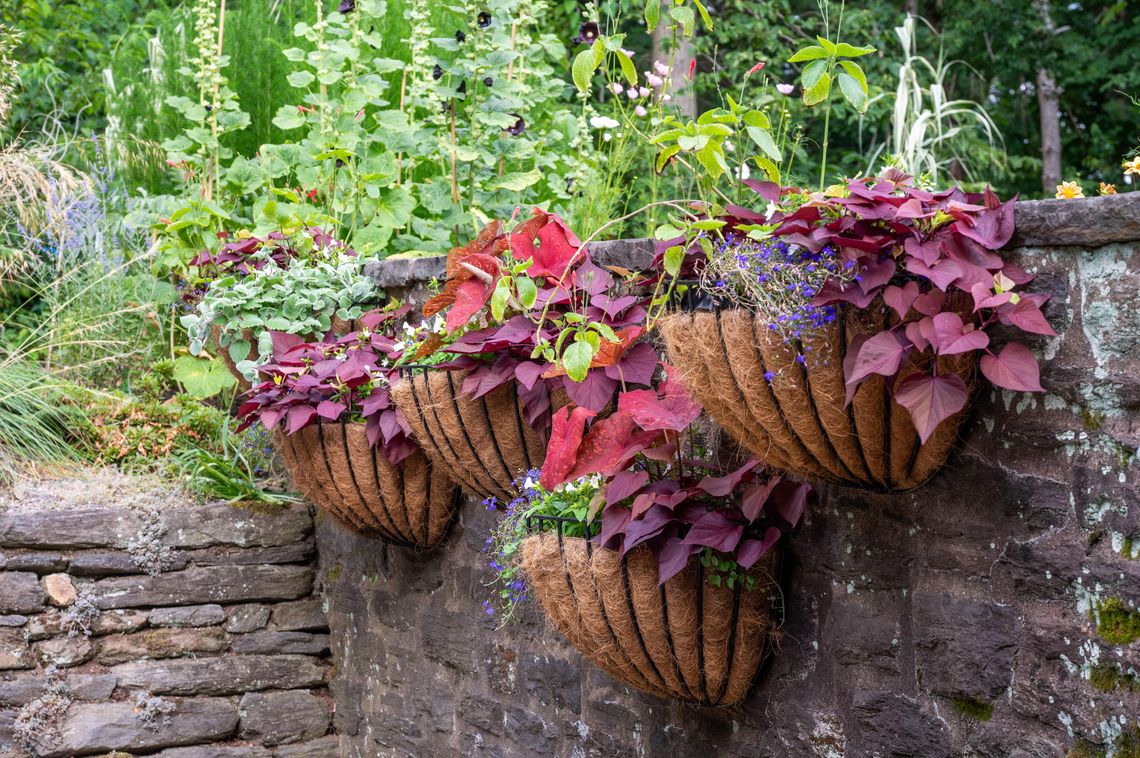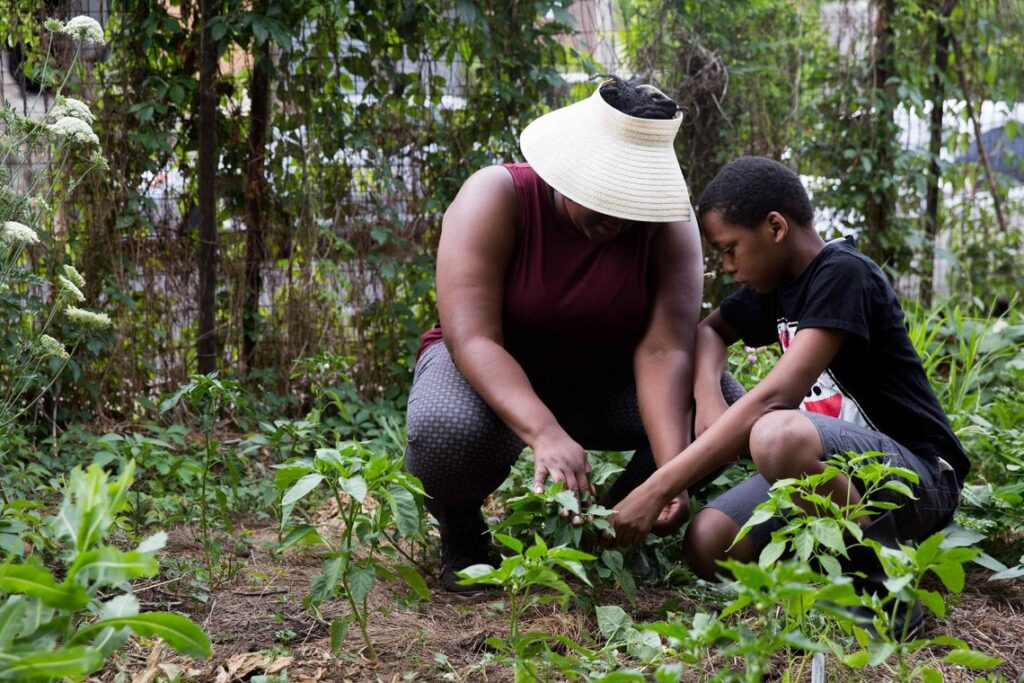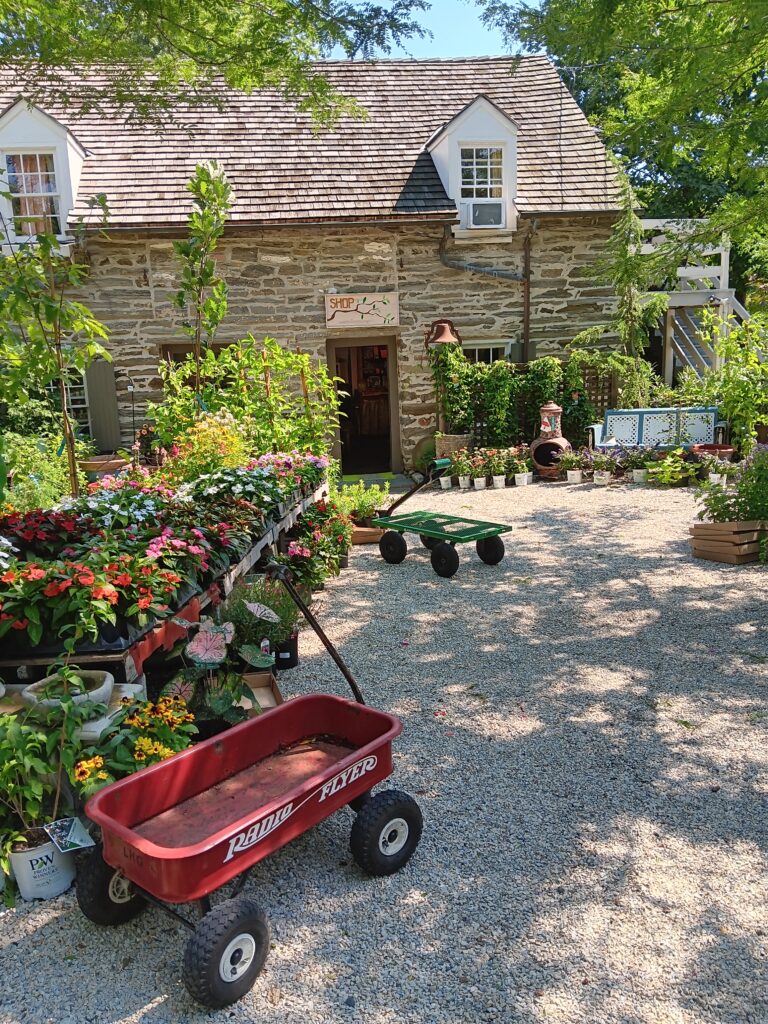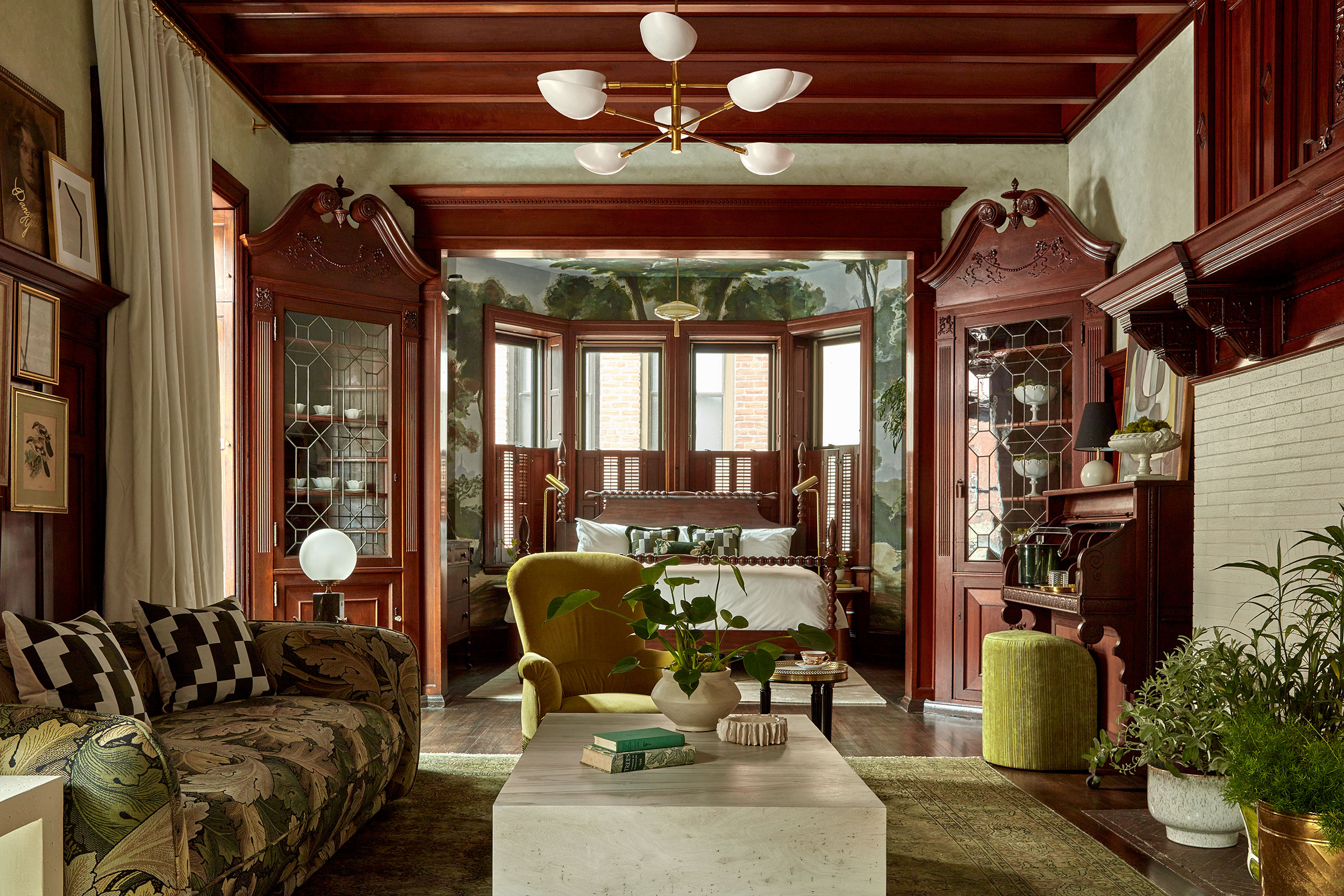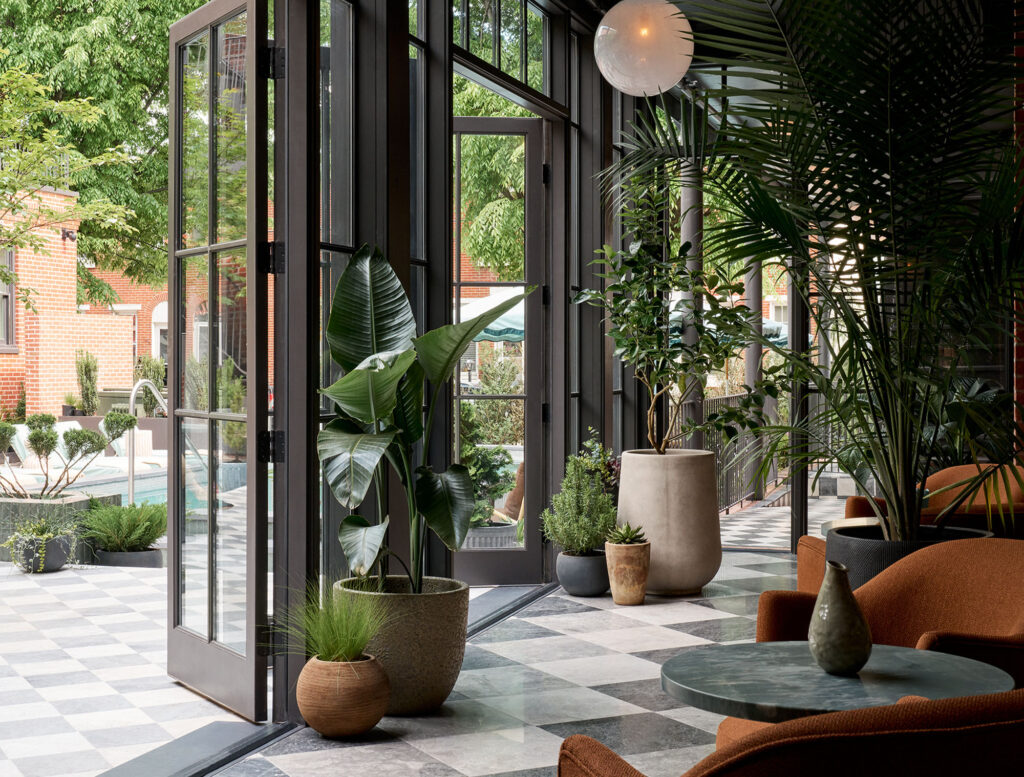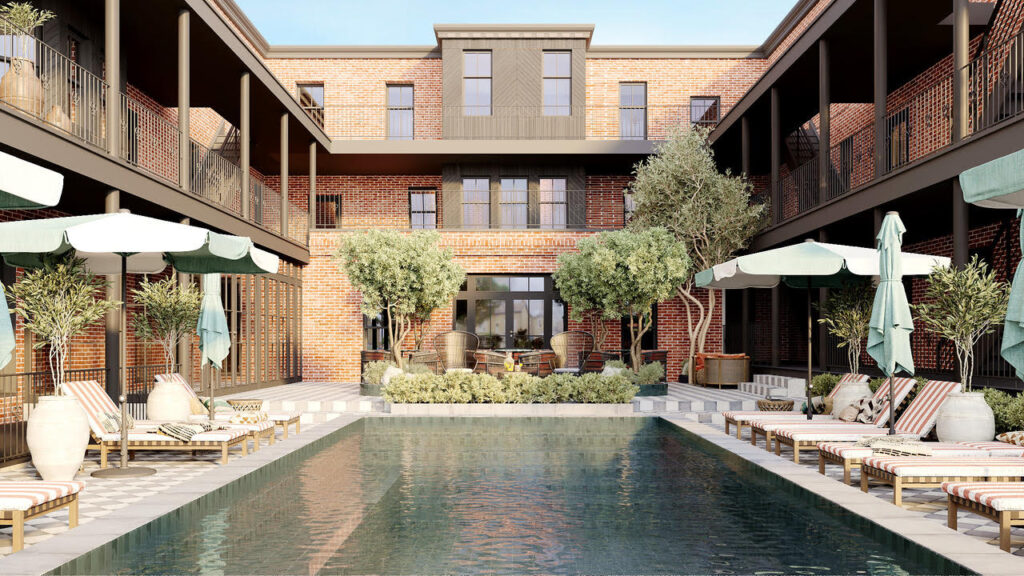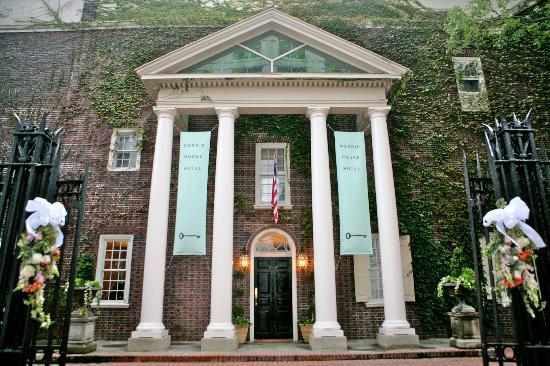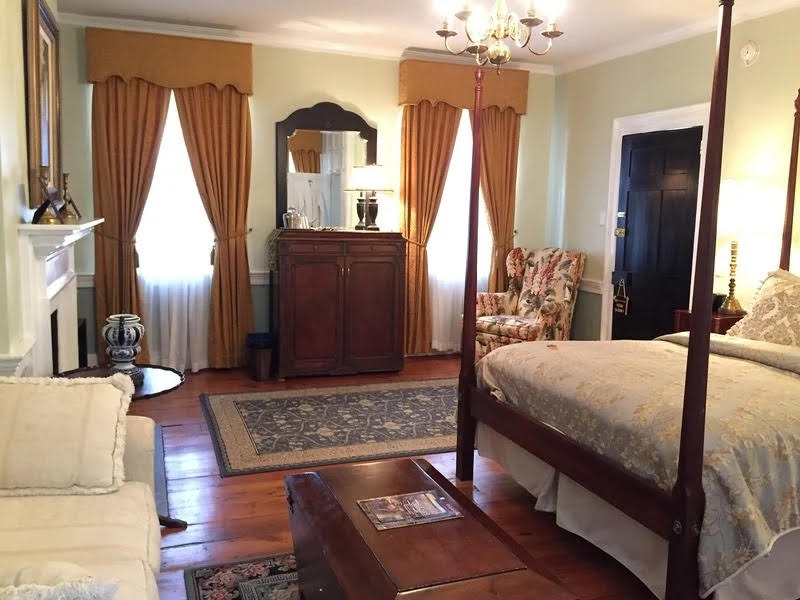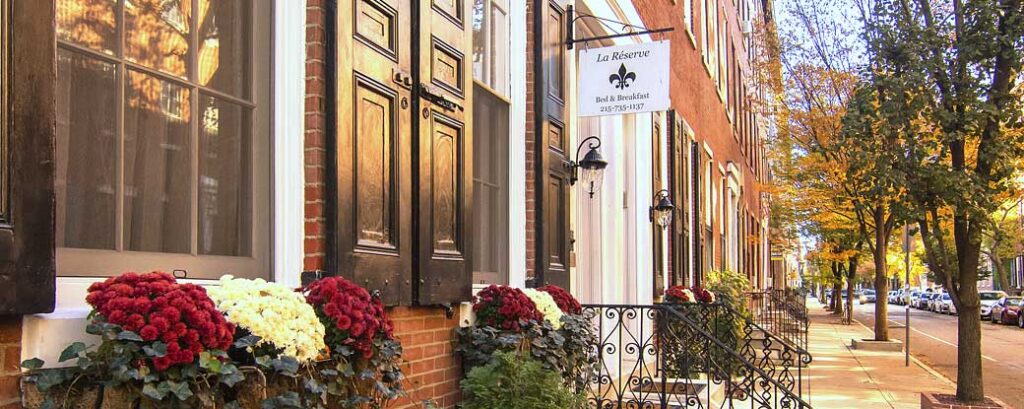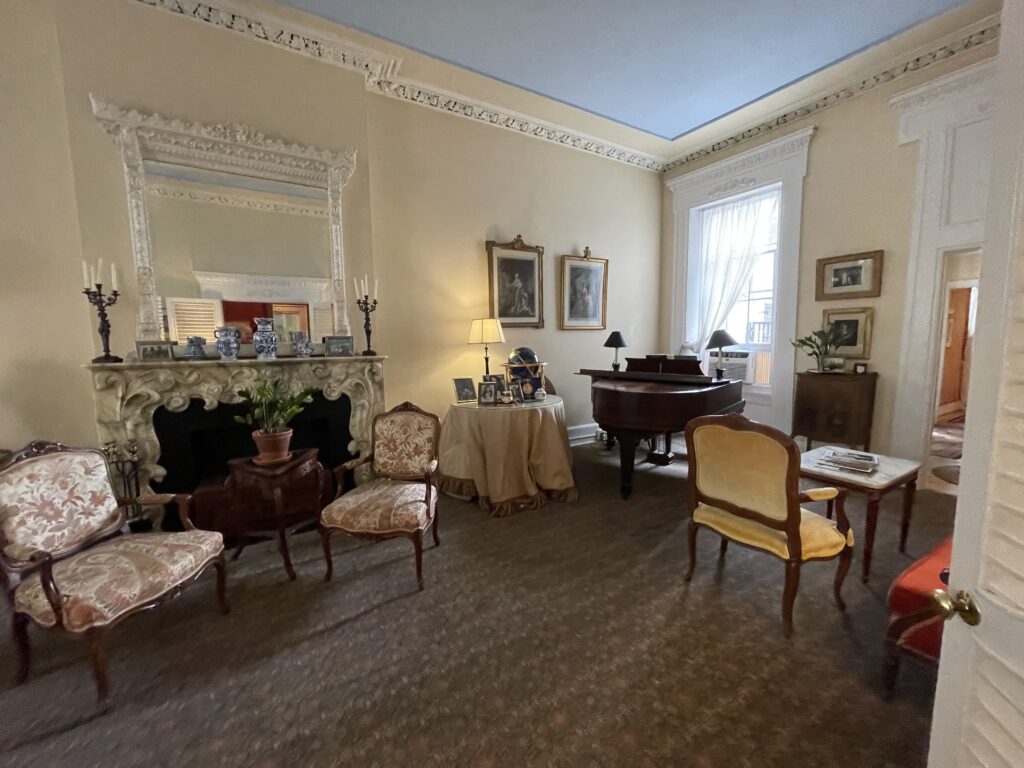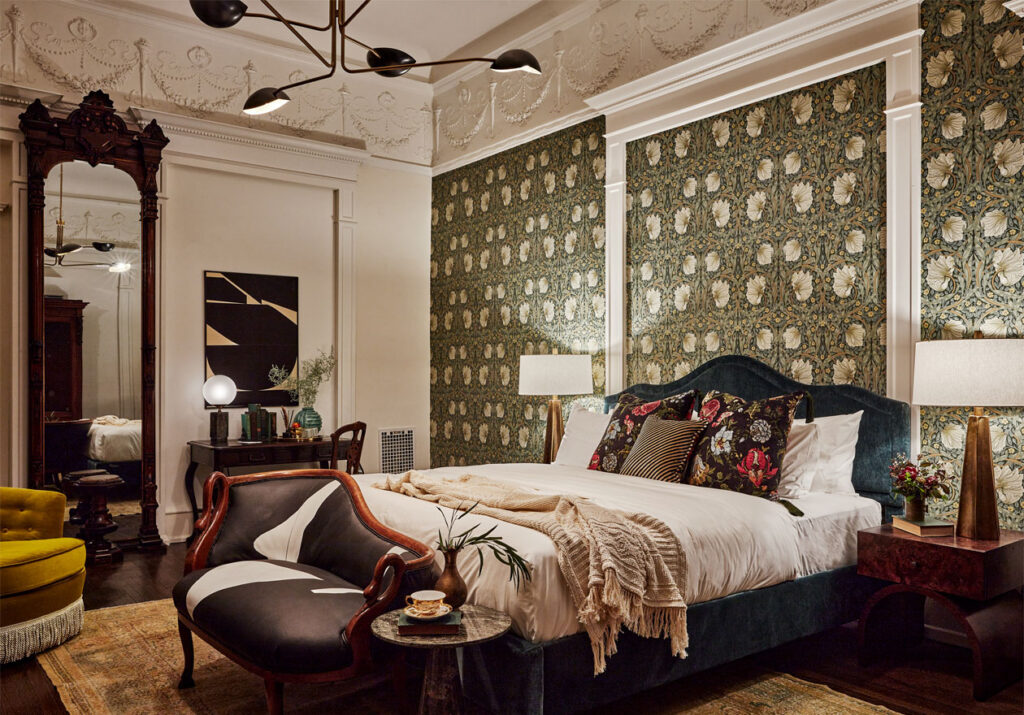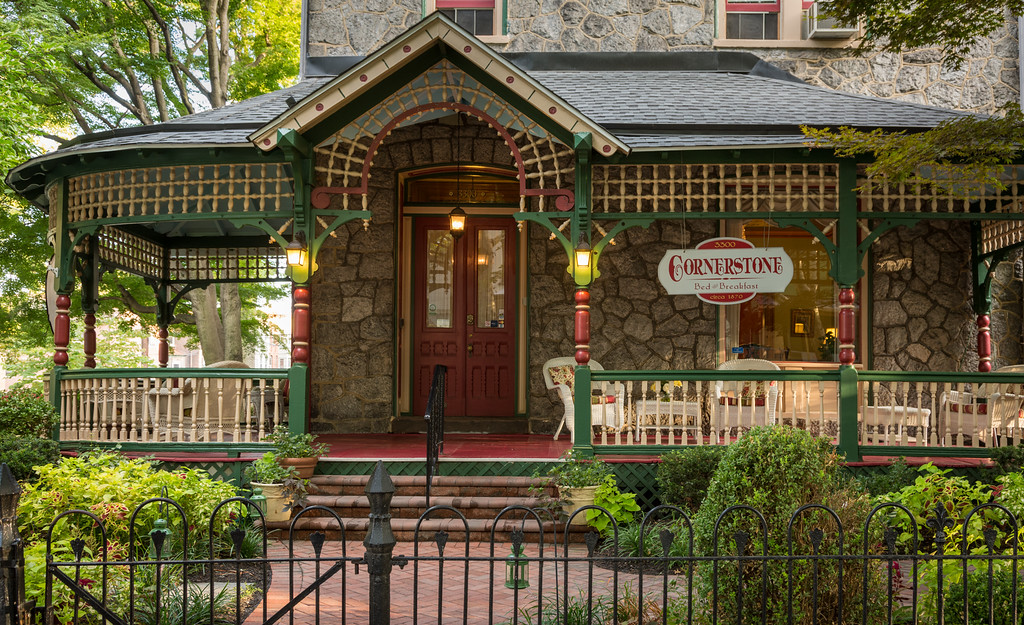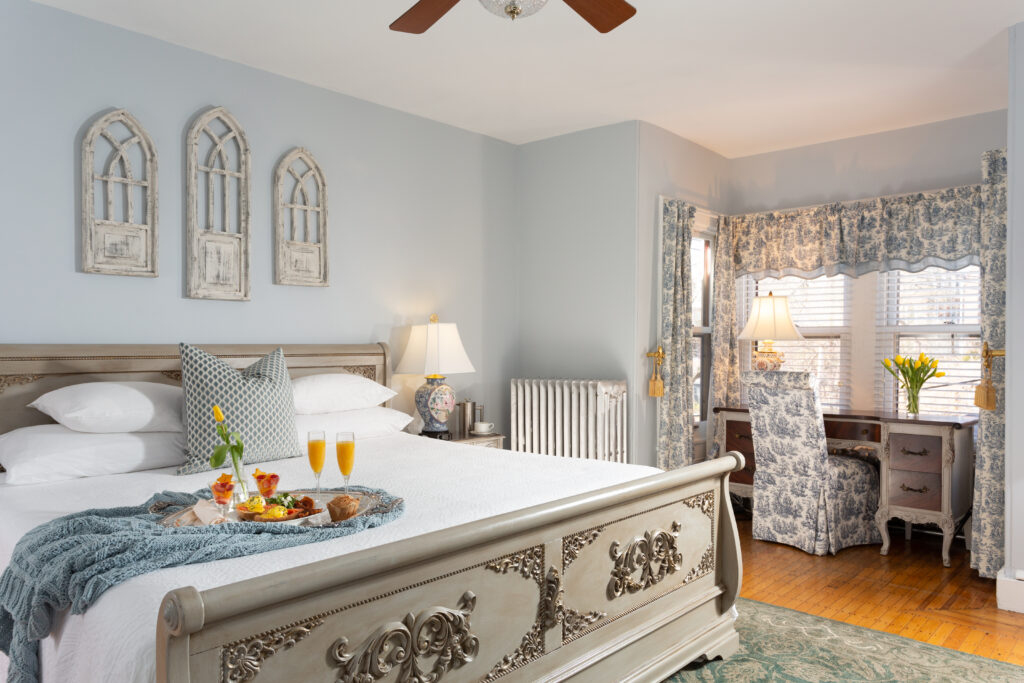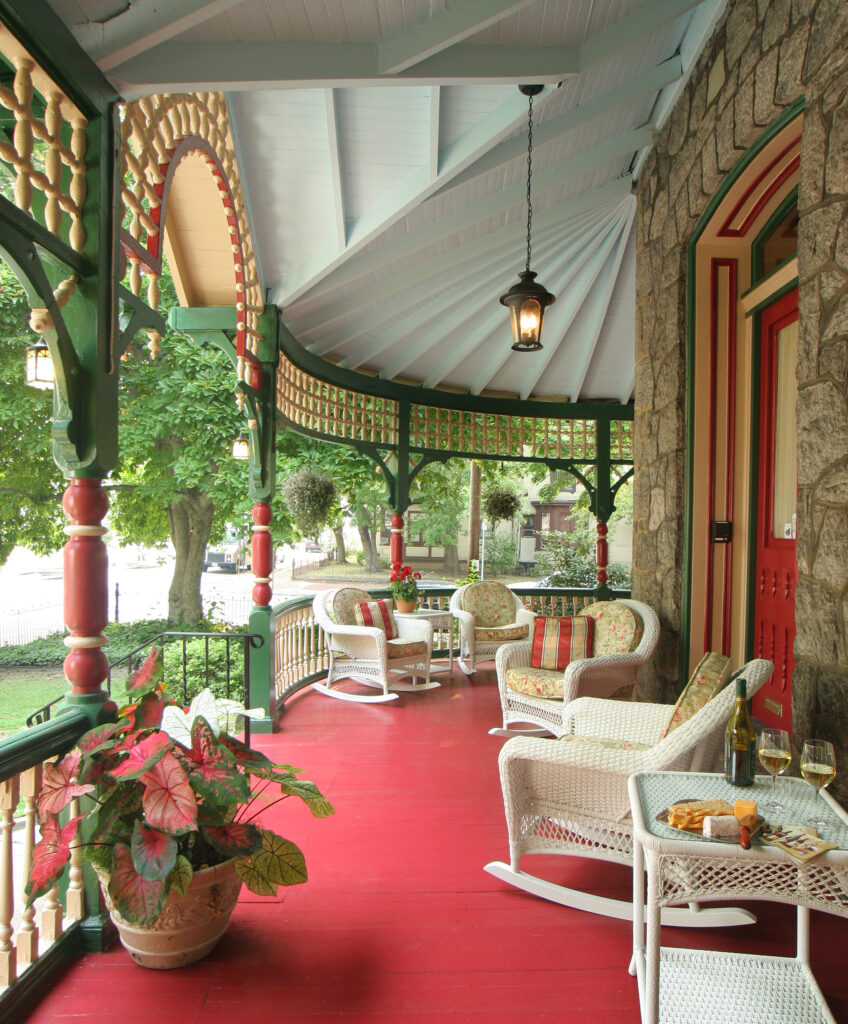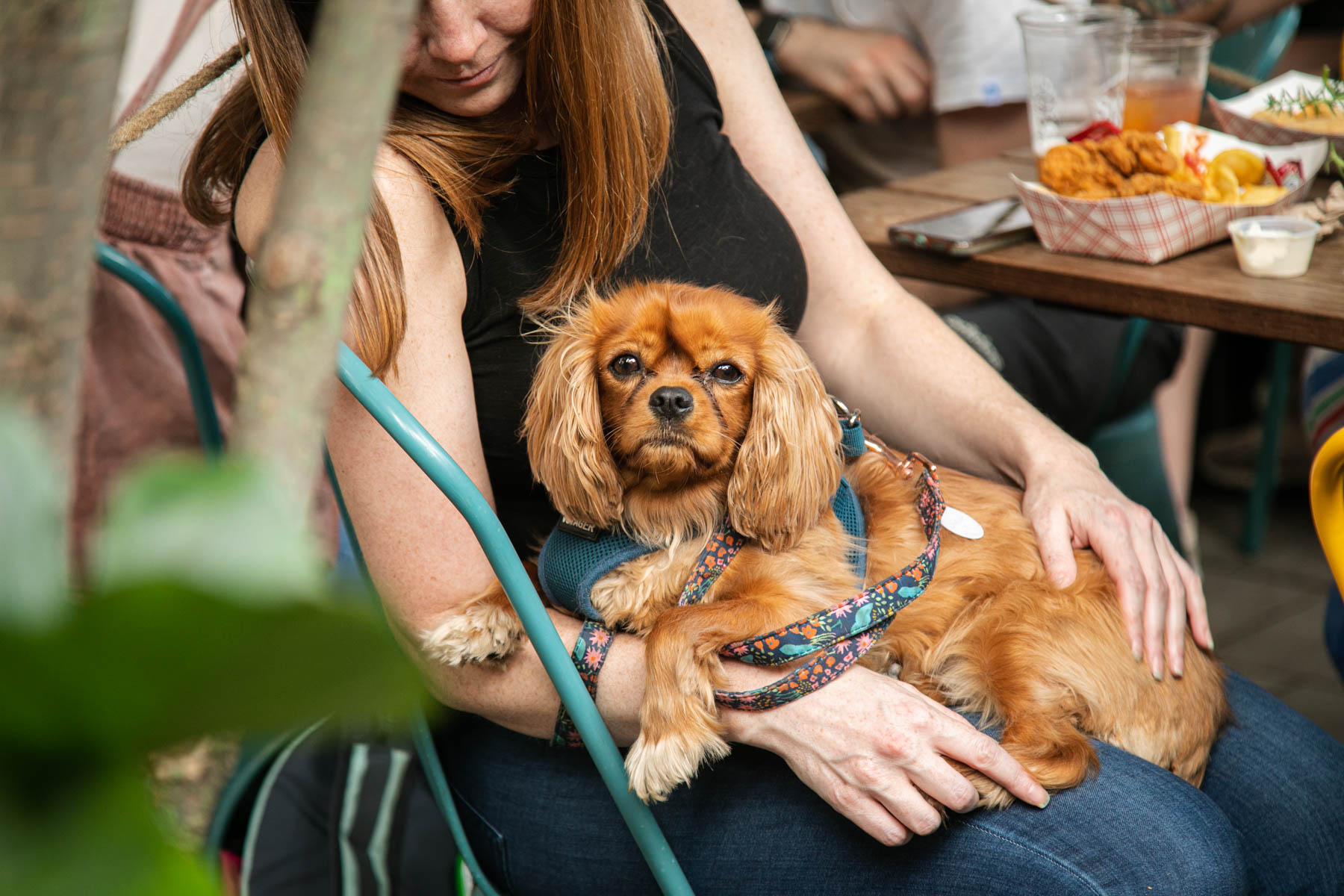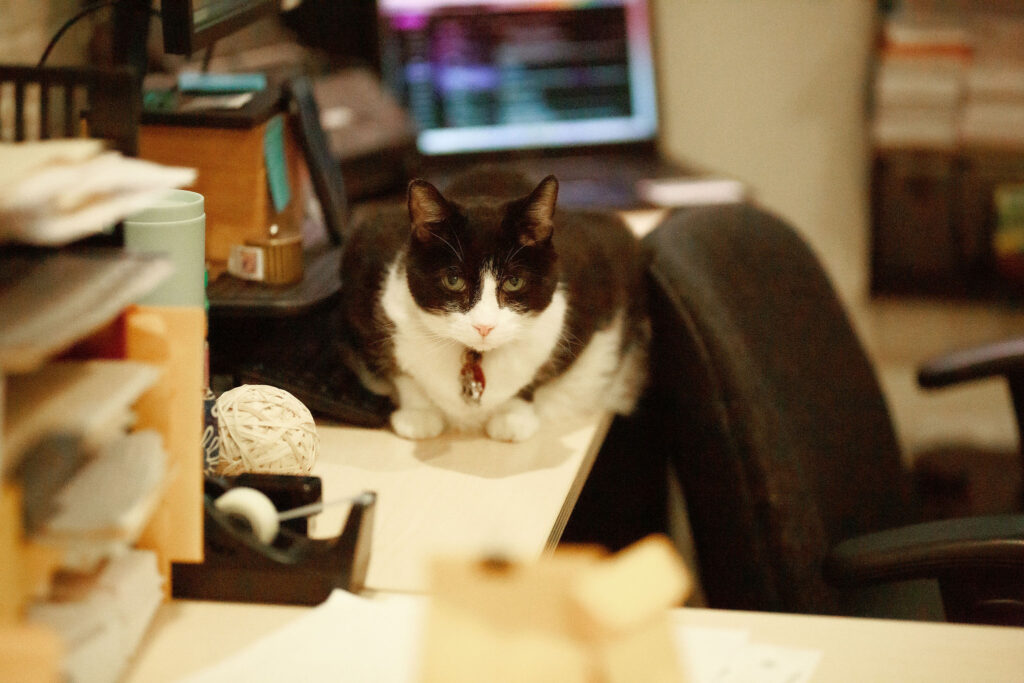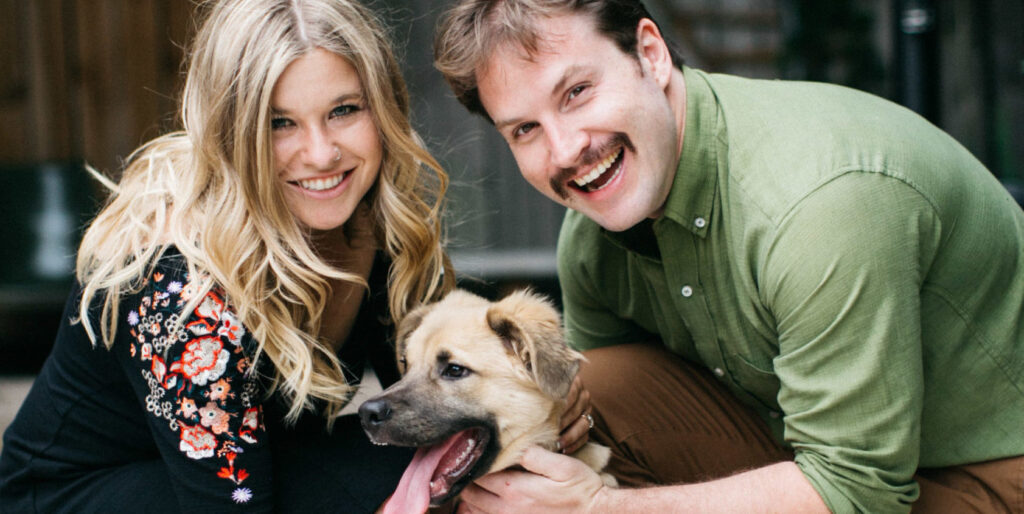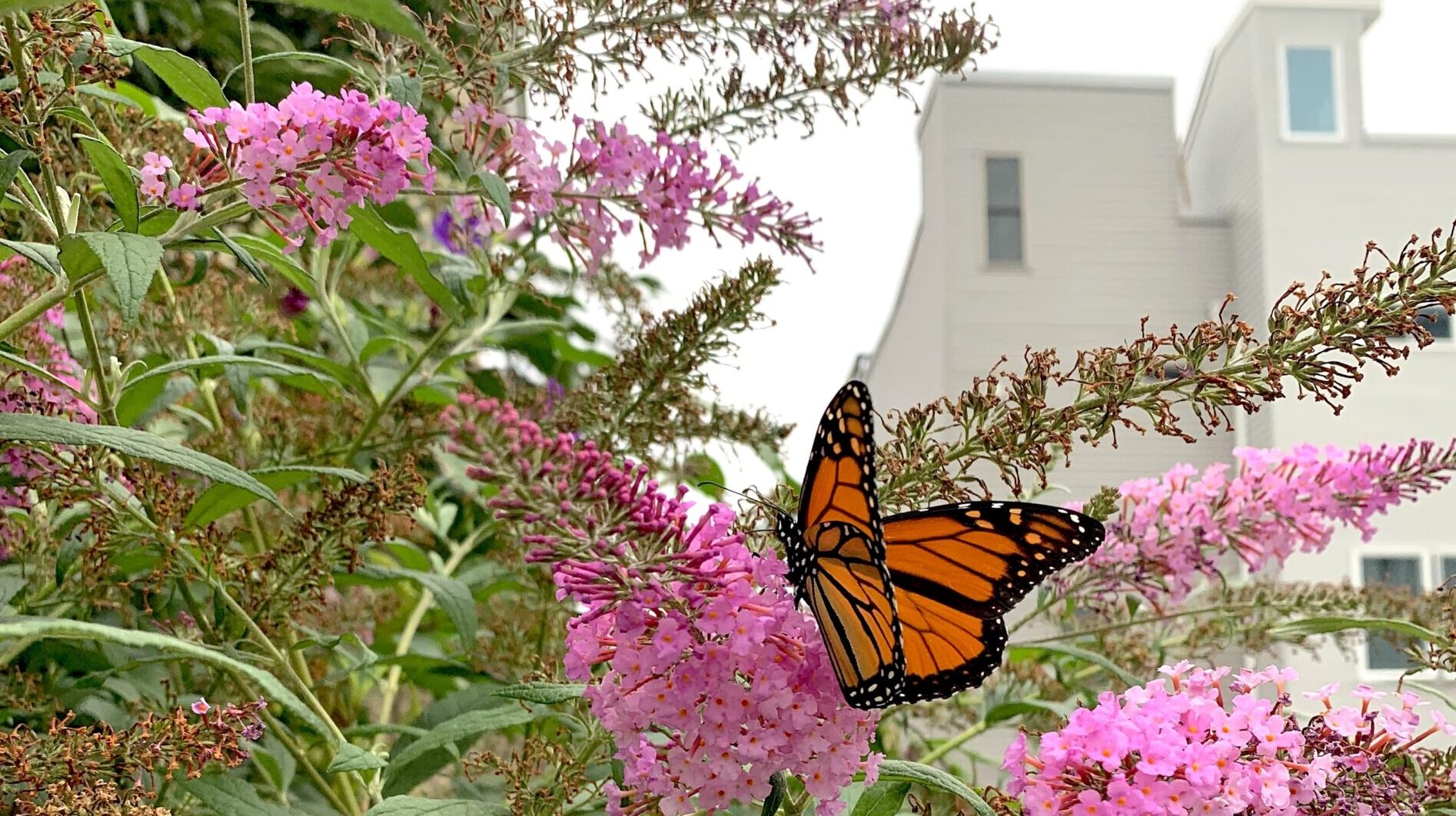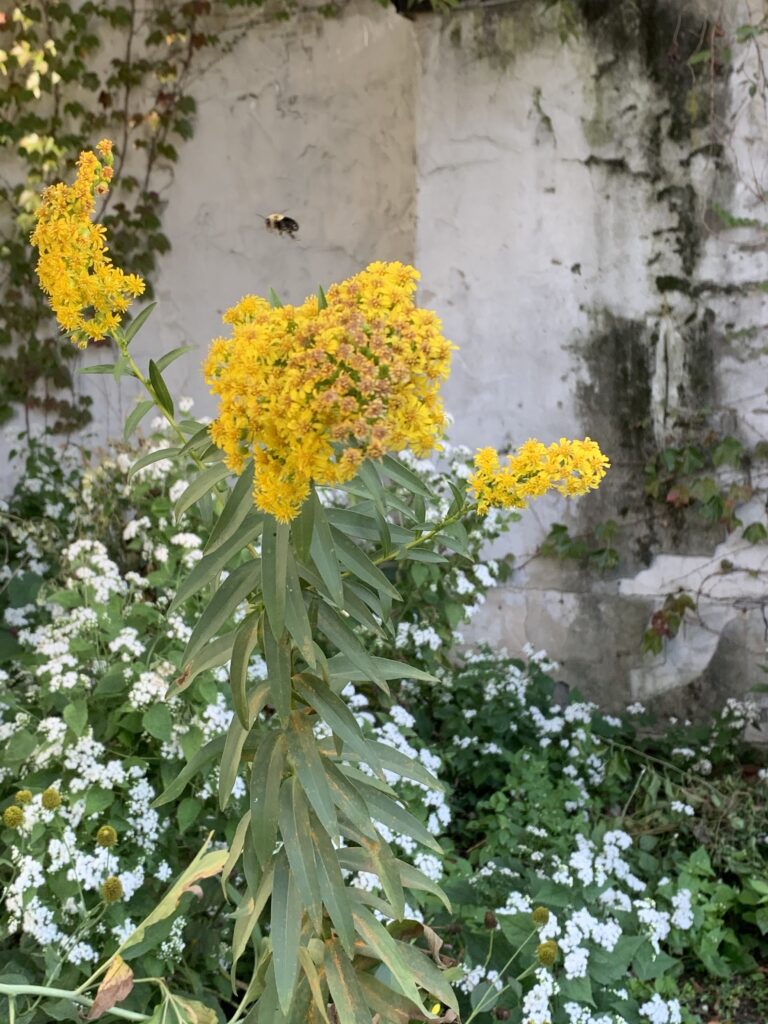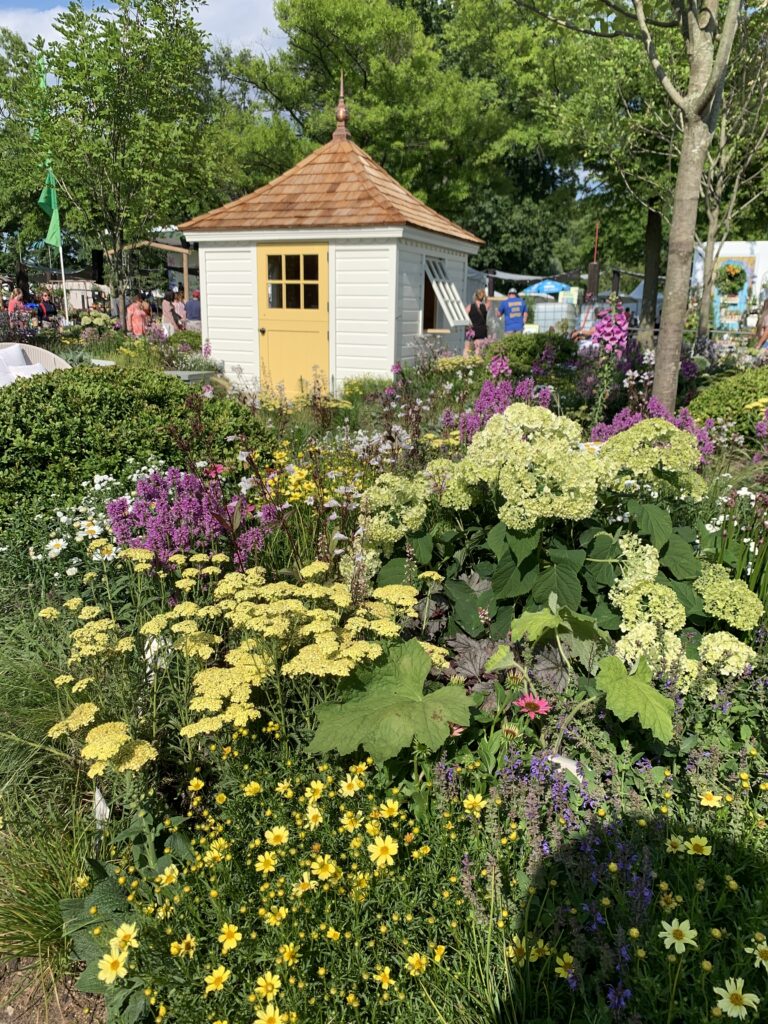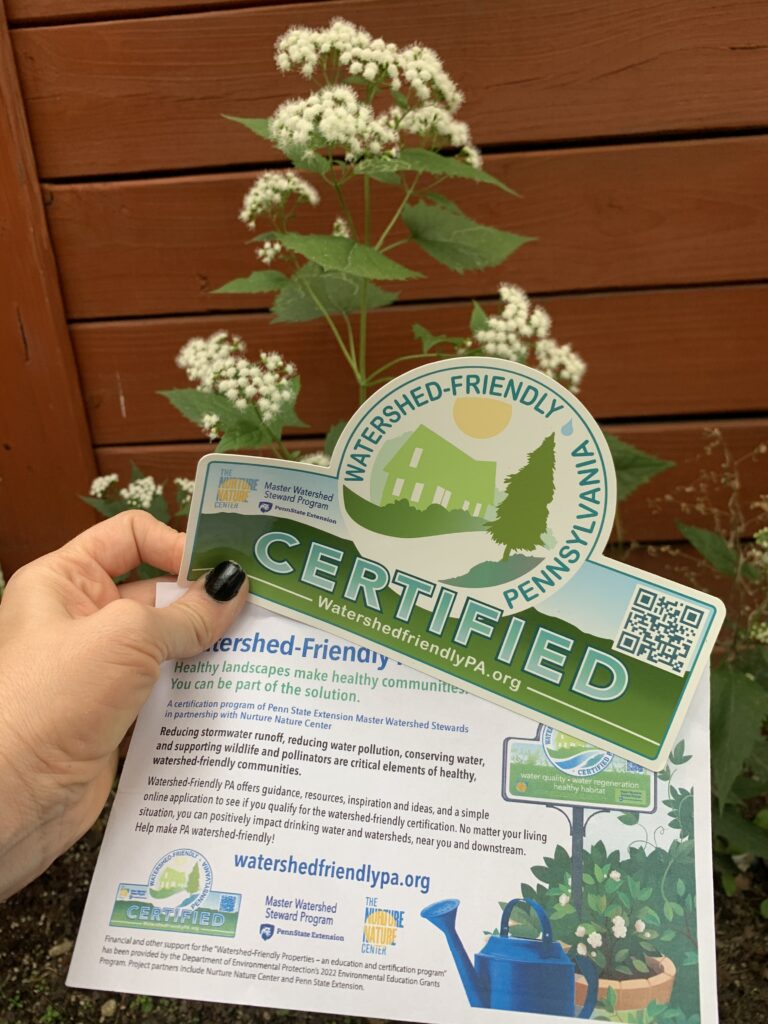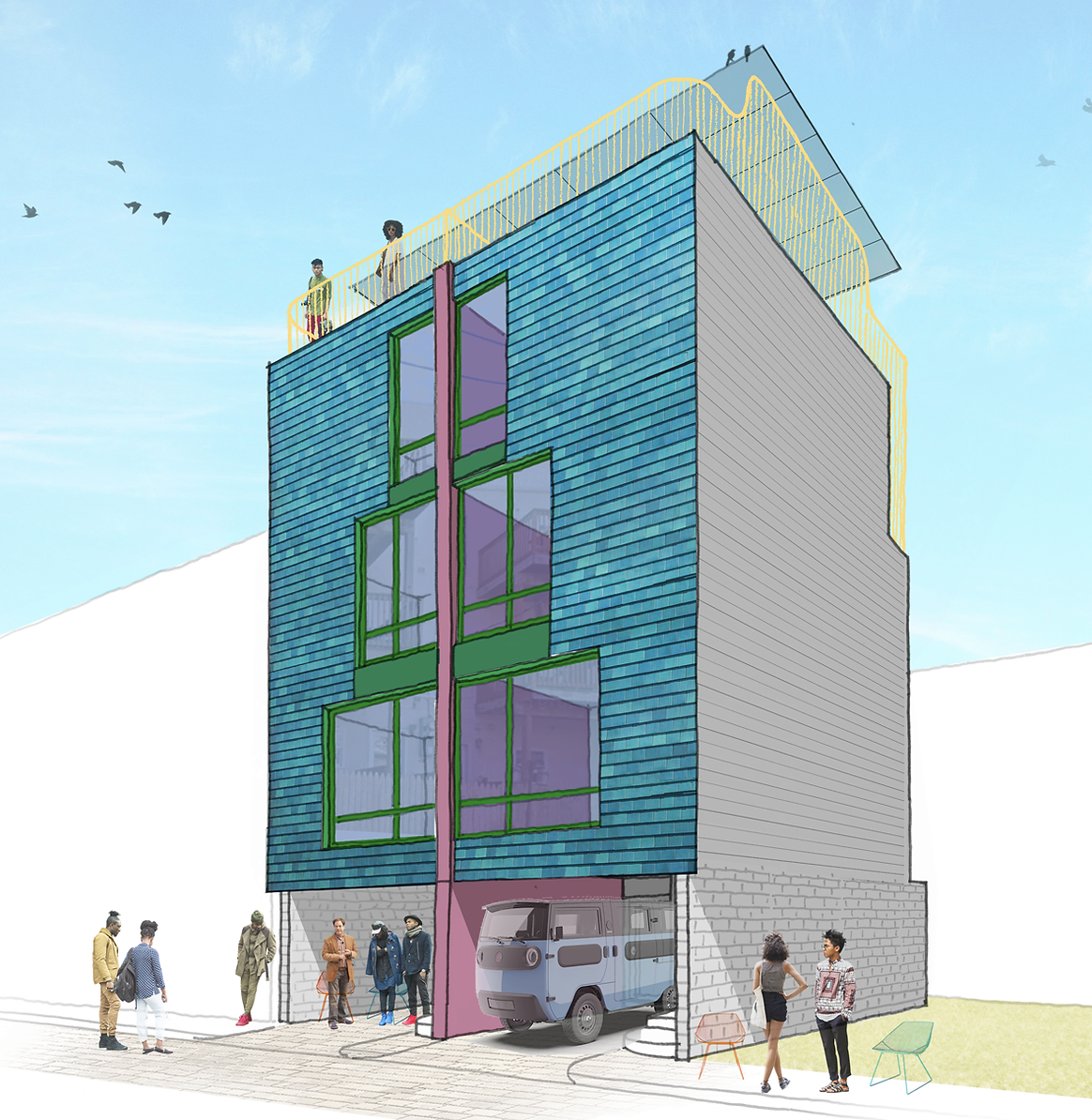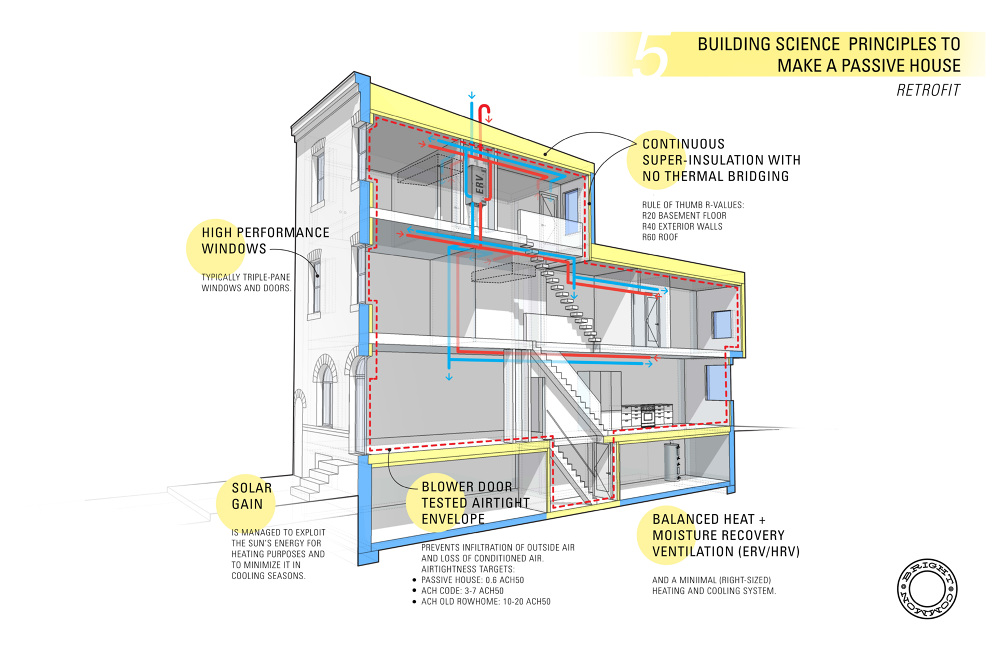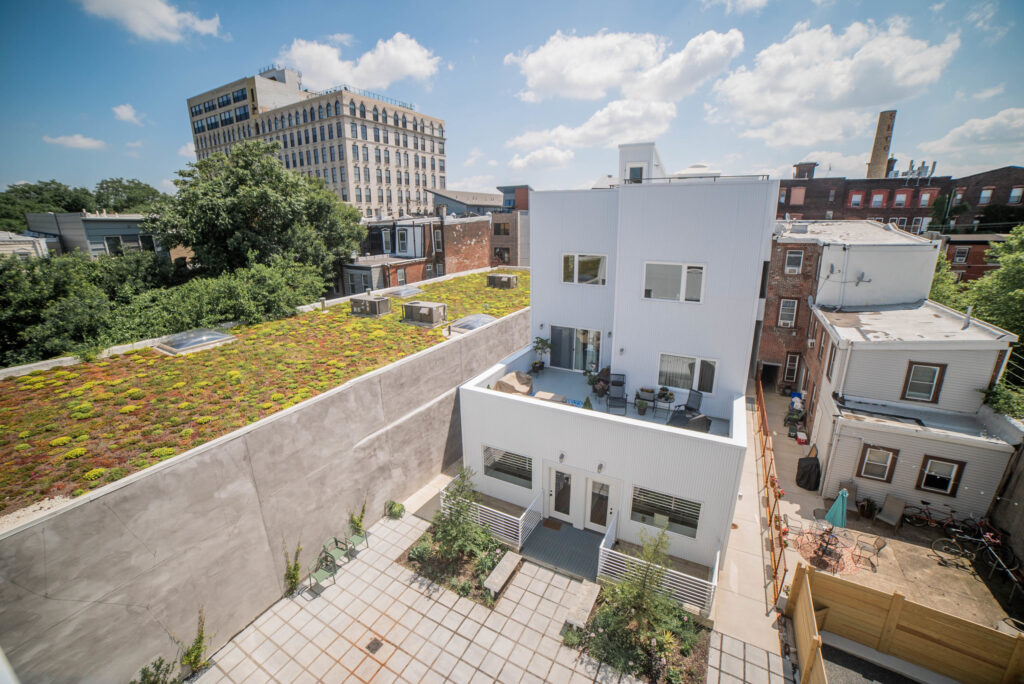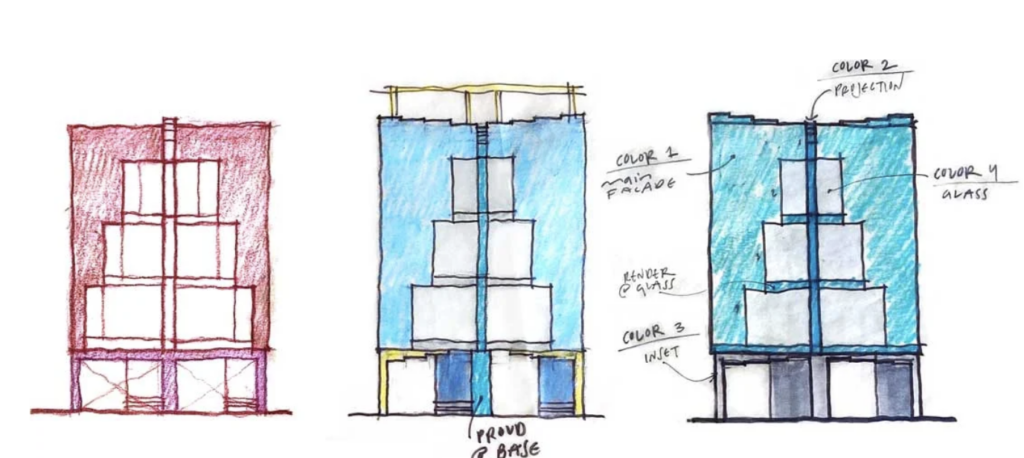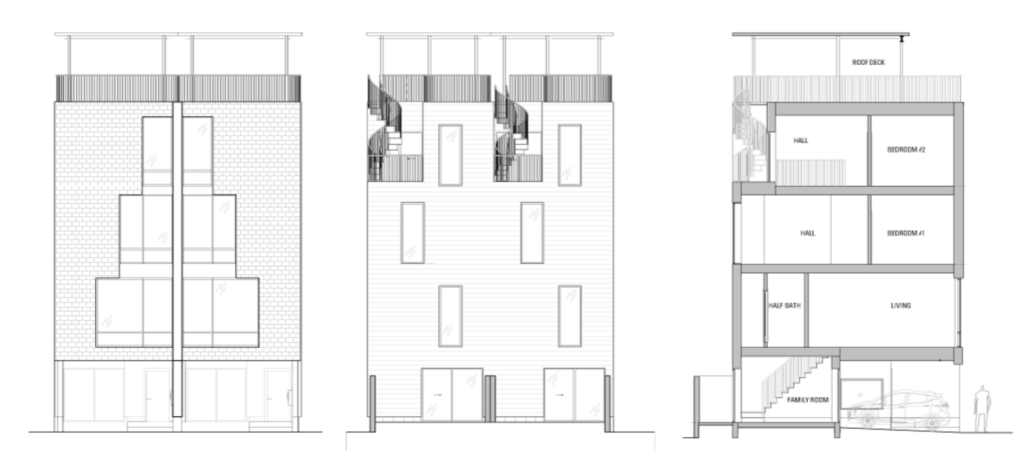If you love architecture, American history and tree-line streets where the Fall Color continues to dazzle through November, put Germantown on your list of neighborhoods to explore. Located in the Northwest section of Philly, just a 20-minute drive from Center City, Germantown is bordered by Wissahickon Avenue to the west, Germantown Avenue to the east, Johnson Street to the north and Roberts to the south. This is where Quaker roots, a rebellious spirit and a passion for the arts come together to form a vibrant community. To see what it’s all about, we’ve planned a walking tour for you and the kids.
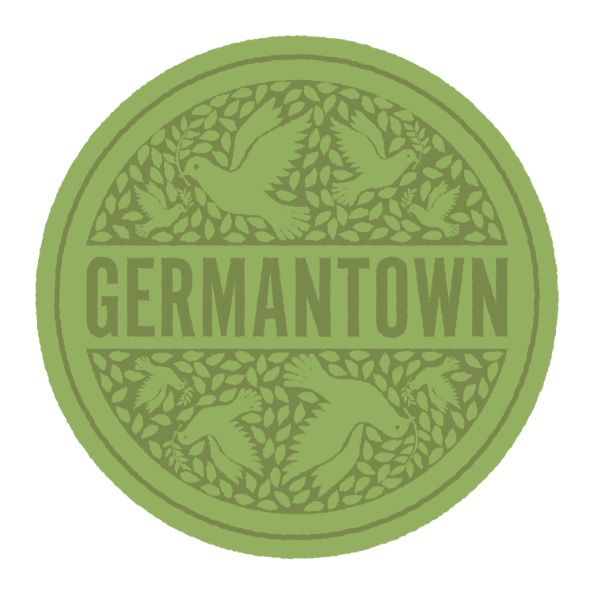
Start in Germantown’s Tulpehocken Historical District, six square blocks of architectural fantasy built in the last half of the 19th century. The styles include Gothic, Italianate, High Victorian, Second Empire and a few that defy classification. They were built for the new upper middle class who desired grand mansions with room for their extended families and servants. The district is bounded by McCallum Street on the north, the train tracks on the south, Tulpehocken Street on the west, and Walnut Lane on the east.
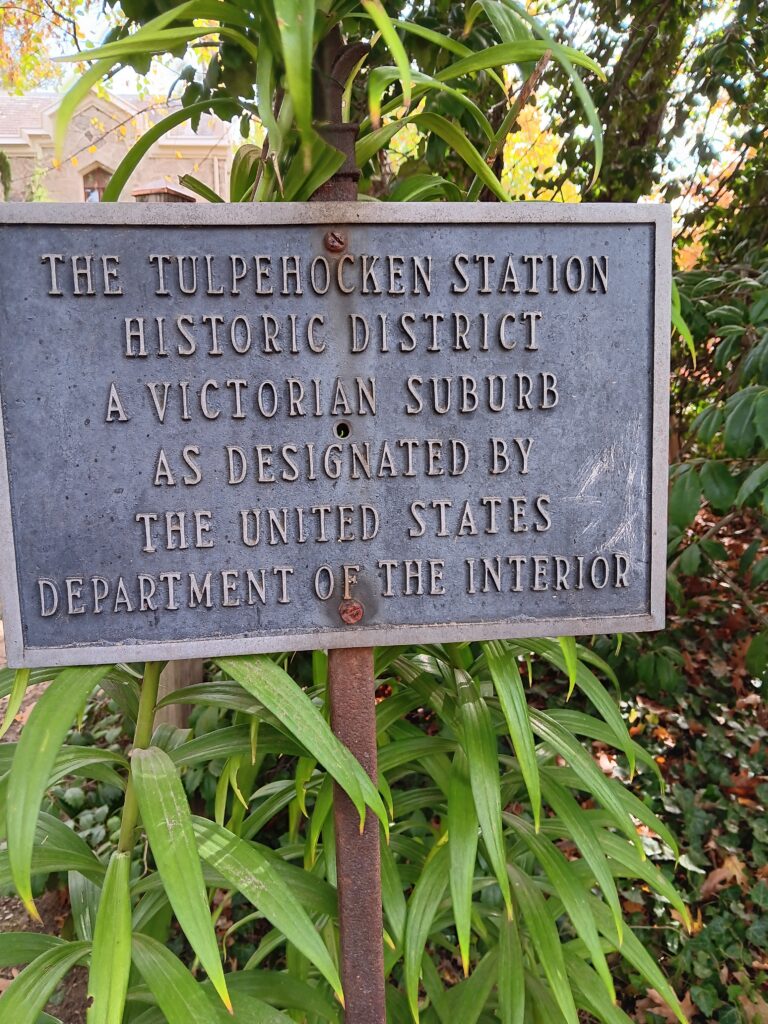
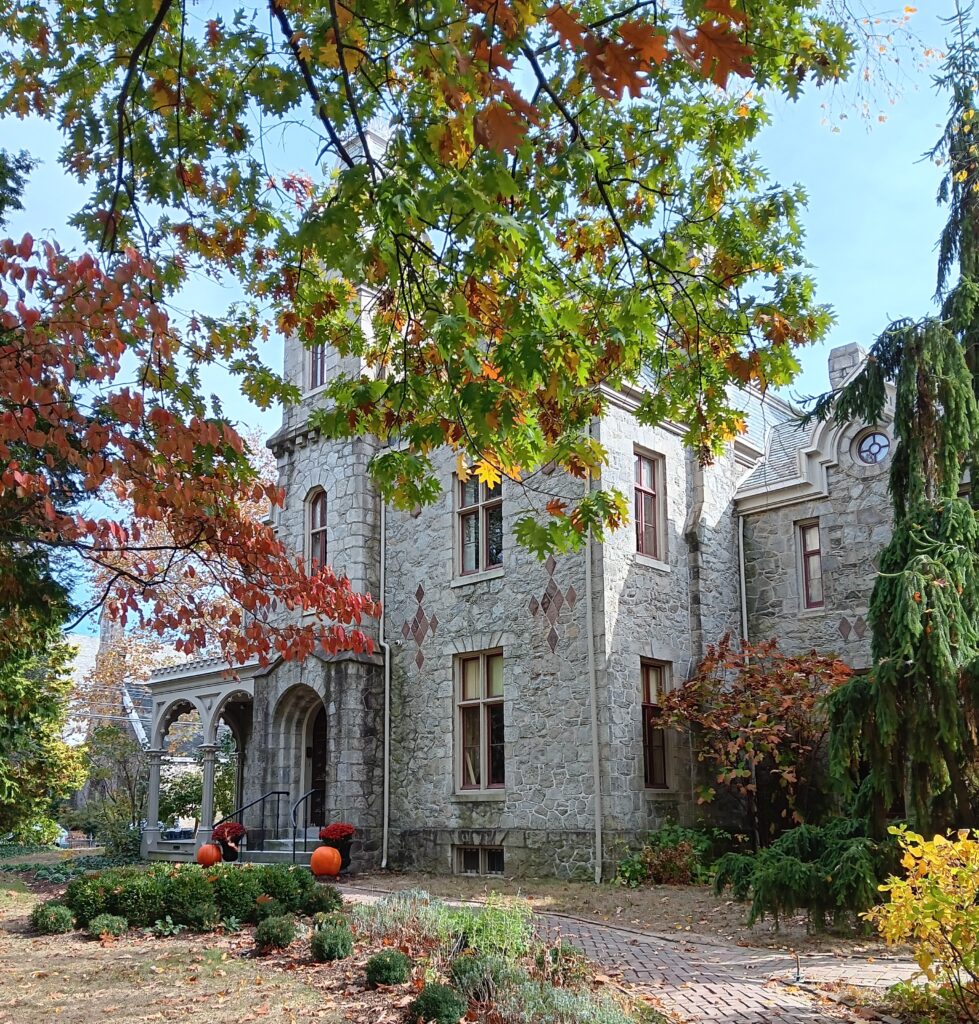
Stop at the Tulpehocken Train Station, built in 1878 and refurbished in 2007. The advent of a commuter train was the inspiration for Philadelphia’s first planned suburban community for those who wanted “country living” while working in the City. Cross Wayne Avenue and walk up Tulpehocken Street where you’ll discover an amazing collection of architectural styles.
The Ebenezer Maxwell Mansion on the corner of Tulpehocken and Greene Street is a prime example of the era. It has been converted into a museum and is open for tours, musical presentations and Victorian Black History performances. Lovers of Victorian style will be charmed by the mansion’s interior where every detail is authentic, from the hand-printed wall paper to the ornate infant’s crib.
Continue your walk up Tulpehocken all the way to Germantown Avenue, then turn right for just one block where you’ll find Wyck Historic House and Garden, 6026 Germantown Avenue at the corner of Germantown and Walnut Lane. Wyck was the ancestral home of one Quaker family, (1690-1973), established as an historic site in 1973. Tours of the house are available and you are welcome to stroll through their garden and community farm.
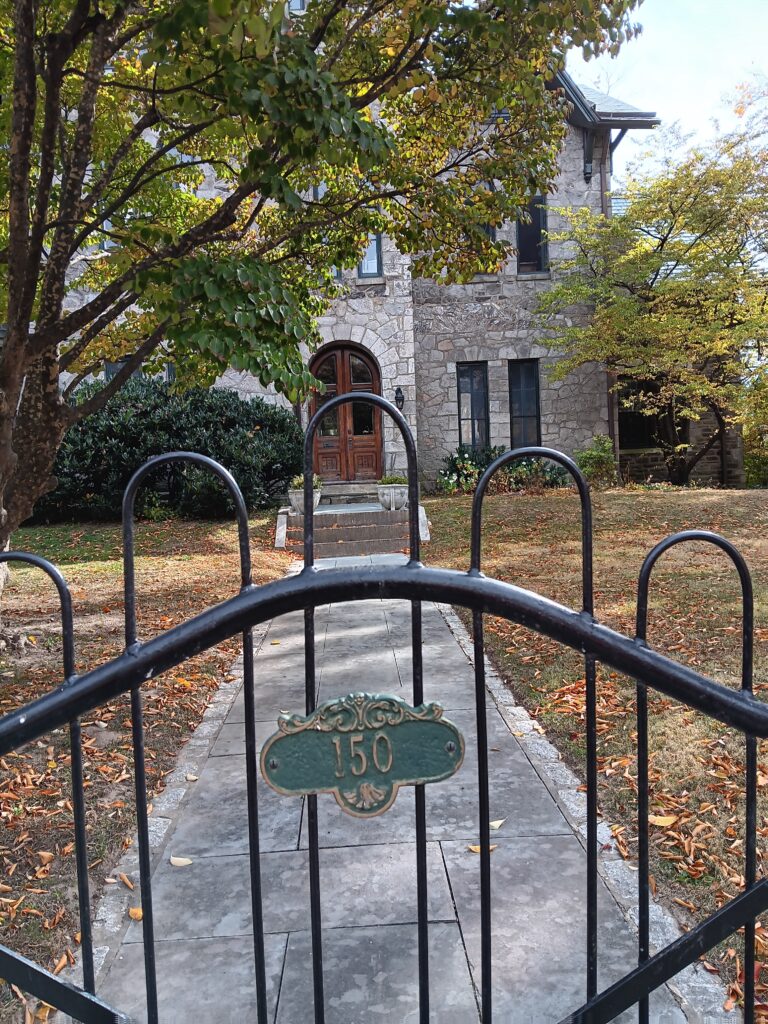
Continue back down Walnut Lane where just about every home is worthy of your attention, however, there are a few standouts. They include the Van Dyke Residence, 150 West Walnut Lane and the Kimball House, 144 West Walnut Lane, built in 1860. It’s up to you to find your favorite, one that arouses your imagination and perhaps even your interest in living here.
Left: Van Dyke Residence at 150 West Walnut Lane. Image: Stacia Freedman
The oldest planned community in Germantown is Penn-Knox which dates back to the 17th century and contains five square blocks of historical treasure. Named after two small streets that run through it, Penn-Knox is located between Germantown Avenue to the northeast, Wayne Avenue to the southwest, Maplewood to the northwest and Hansberry to the southeast.
This is where the original Quaker settlers built their first Meeting House, 6119 Germantown Avenue. It is where today, their descendants attend Green Street Friends School. It is also where you will find many Colonial buildings in the Federal style, including the Germantown White House, 5442 Germantown Avenue, the oldest surviving presidential residence where George Washington lived during the Yellow Fever outbreak in Philadelphia. Directly across the street is Germantown Historical Society 5501 Germantown Ave., a good place to pick up maps and info. Just a few blocks down the Avenue is Grumblethorpe, which sounds like a Harry Potter school but is an historic home built in 1744 for the Wister family who remained there until 1904. It is now a museum and arboretum.
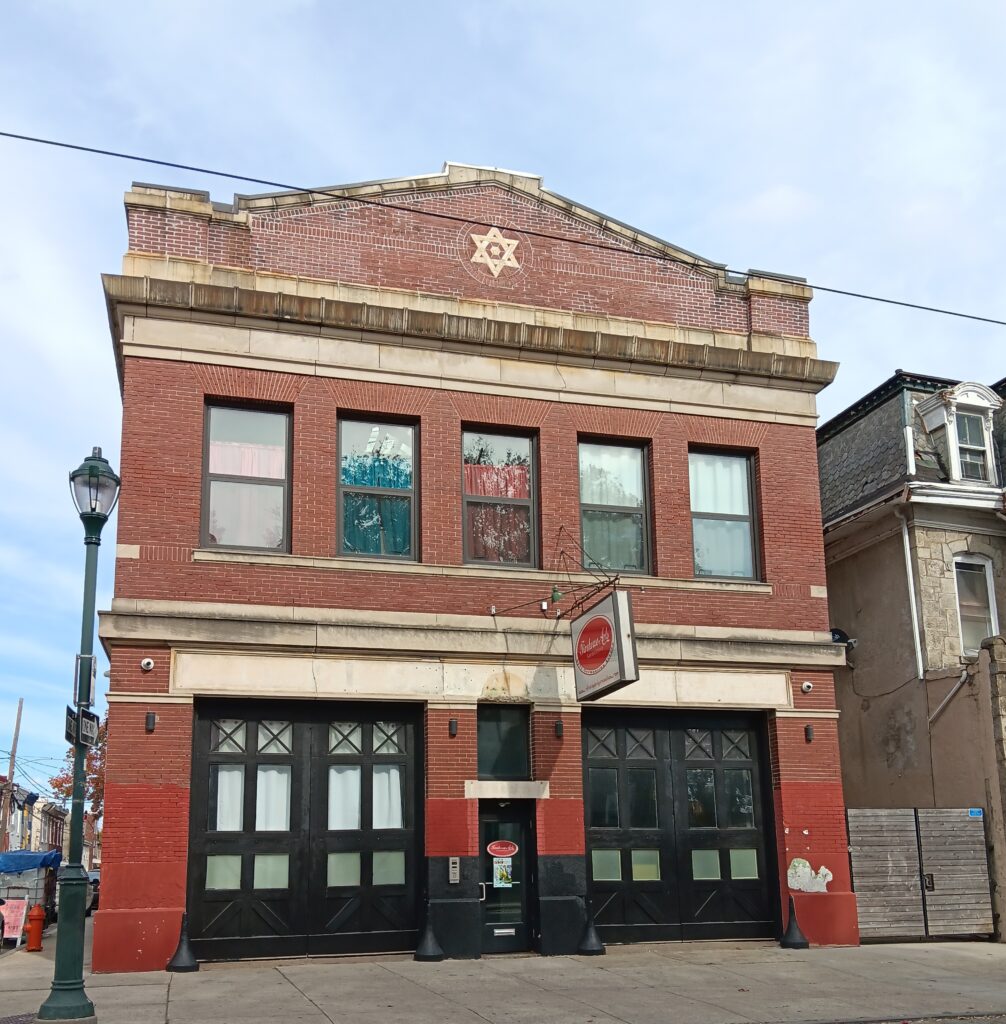
Decades before Fishtown and Northern Liberties were an artist enclave Germantown attracted artists and musicians. “Germantown has always been a melting pot of creative diversity. It’s a community of both inspiring and talented human beings.” said Mikel Elam, one of 19 visual artists who maintain a studio at Firehouse Arts Germantown, 5231 Germantown Avenue. Originally a Fire Station from 1920-1958 and later a Coca Cola Bottling Co., it opened as an art space in 2019 responding to a growing need in the community.
Nearby is Greene St Artists Cooperative, 5225 Greene St., an artist-owned and operated live/work building. This former 1919 warehouse provides housing and studio space for 15 diverse artists. Herman Street Studios, 20 E. Herman Street, is yet another space for visual artists and craftspeople.
However, these artist studios barely skim the surface of the number of creatives who have called Germantown home for decades. In the late 1960s, when housing priced plummeted due to “White Flight”, Germantown attracted jazz legends Sun Ra, Byard Lancaster, Buddy DeFranco and Gerry Mulligan, among others.
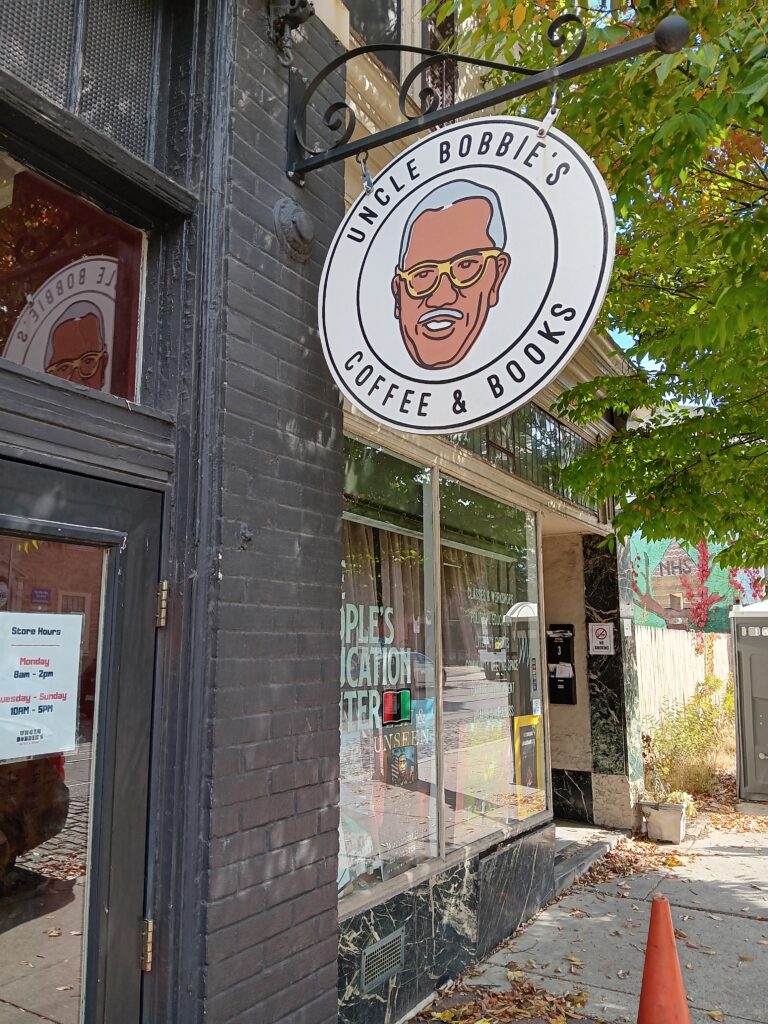
Where there’s art, there’s good coffee, books and conversation. Uncle Bobby’s Coffee & Books, 5445 Germantown, is a community hub, serving up sweet potato pie, bagels, vegan treats and Au Fournil croissants. Since its founding in 2017, Uncle Bobby’s has featured famous authors, including Ta-Nehisi Coastes. Don’t be dissuaded if there’s a line out the door. It’s worth it.
Left: Uncle Bobby’s, a bookstore and cafe. Image: Stacia Freedman
Along this historic Penn Knox corridor, you’ll find other shops that serve as communal gathering spaces. Owners Joe and Lenore Gaffney opened Gaffney Fabrics, “The Fabric of the Community,” 5401 Germantown Avenue, in 1978. “These are my people,” said fashion designer Ty Brooks who regularly travels here from his home in University City. “I used to go to Fleishman’s on 4th Street, but I’ve been coming here since 2014. Once they know your style, they save fabrics for you.”
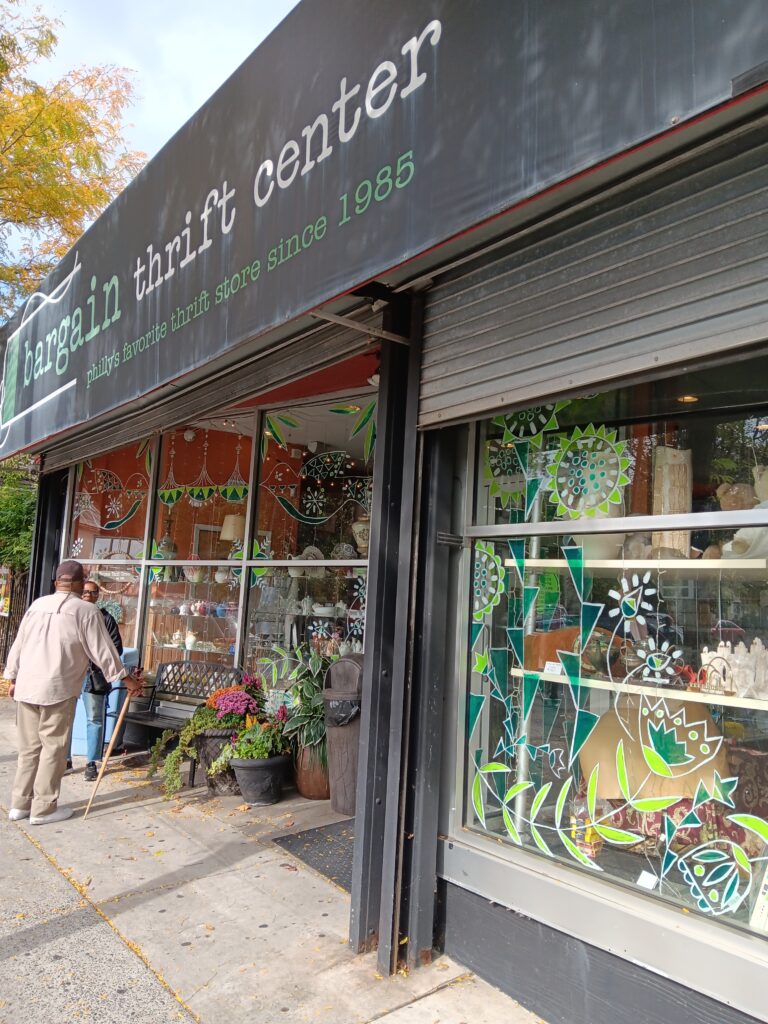
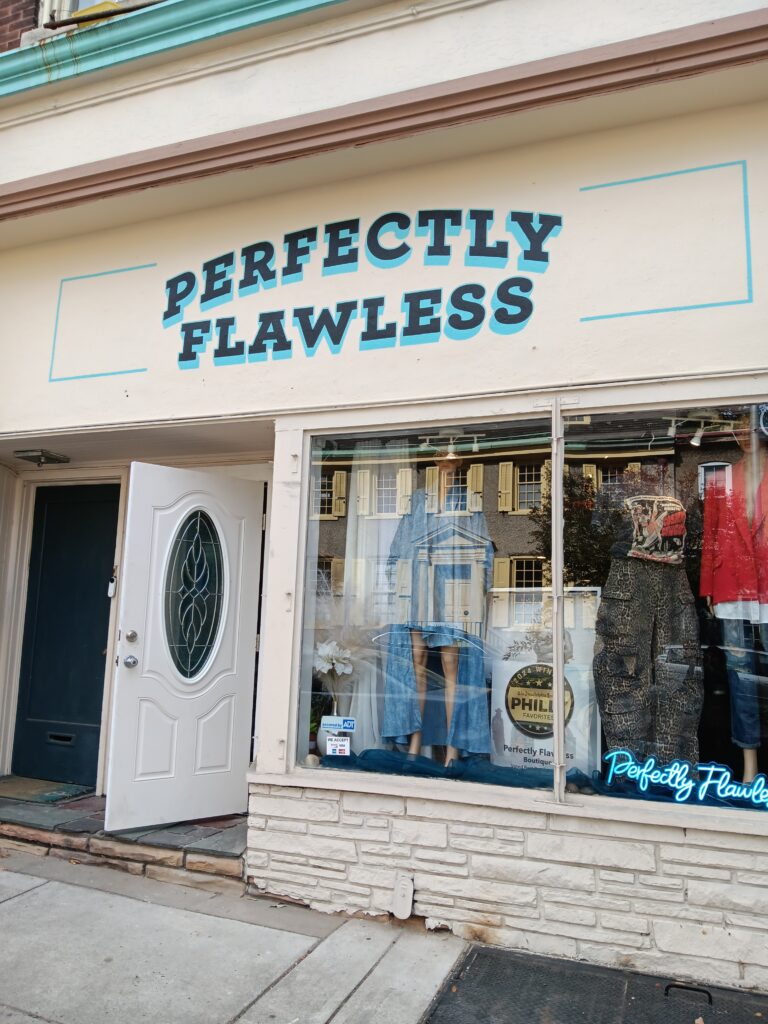
Who doesn’t love a bargain? Bargain Thrift Center, 5261 Germantown Avenue, is a mammoth store where locals go for vintage clothing, art, jewelry, furniture, home goods. If you can’t find it here, it doesn’t exist!
Fashionistas duck into Perfectly Flawless, 5312 Germantown Avenue, to peruse proprietor Crystal Jackson’s unique mix of one-of-a-kind designs and vintage clothing.
Time your visit for a Saturday in early November while the trees are still blazing with color and autumn leaves crunch under your feet. Drive, bike or take SEPTA.

